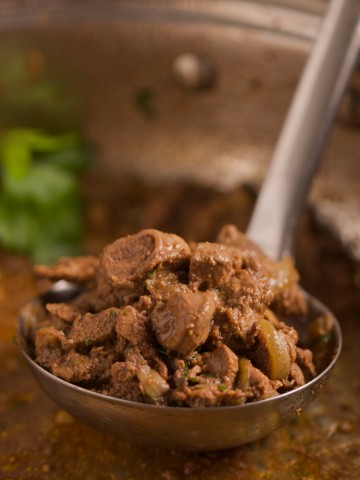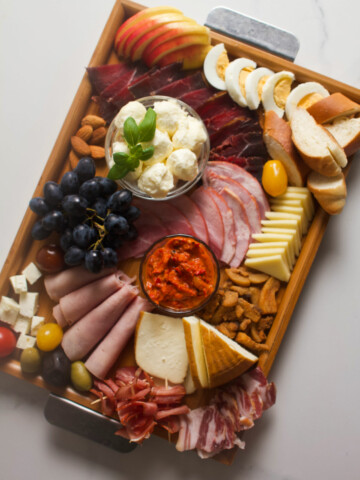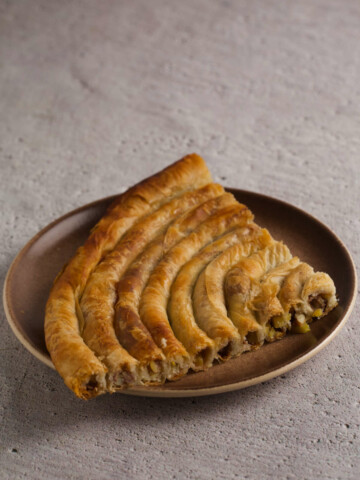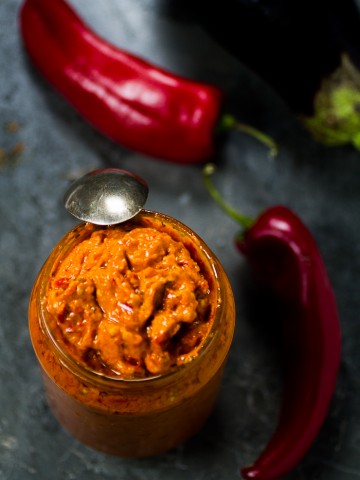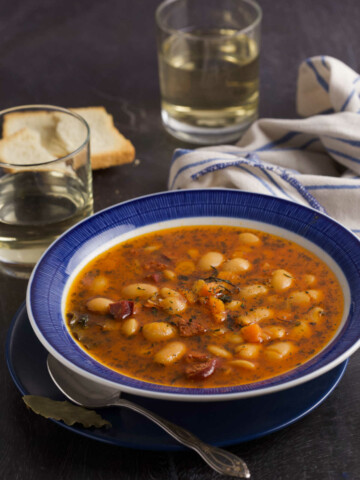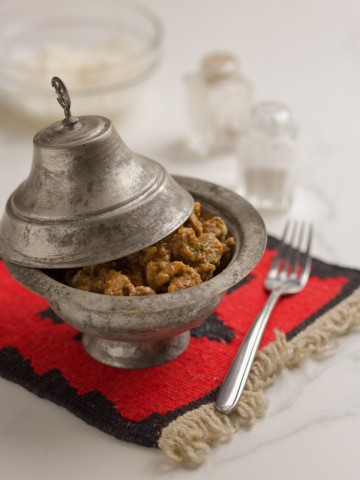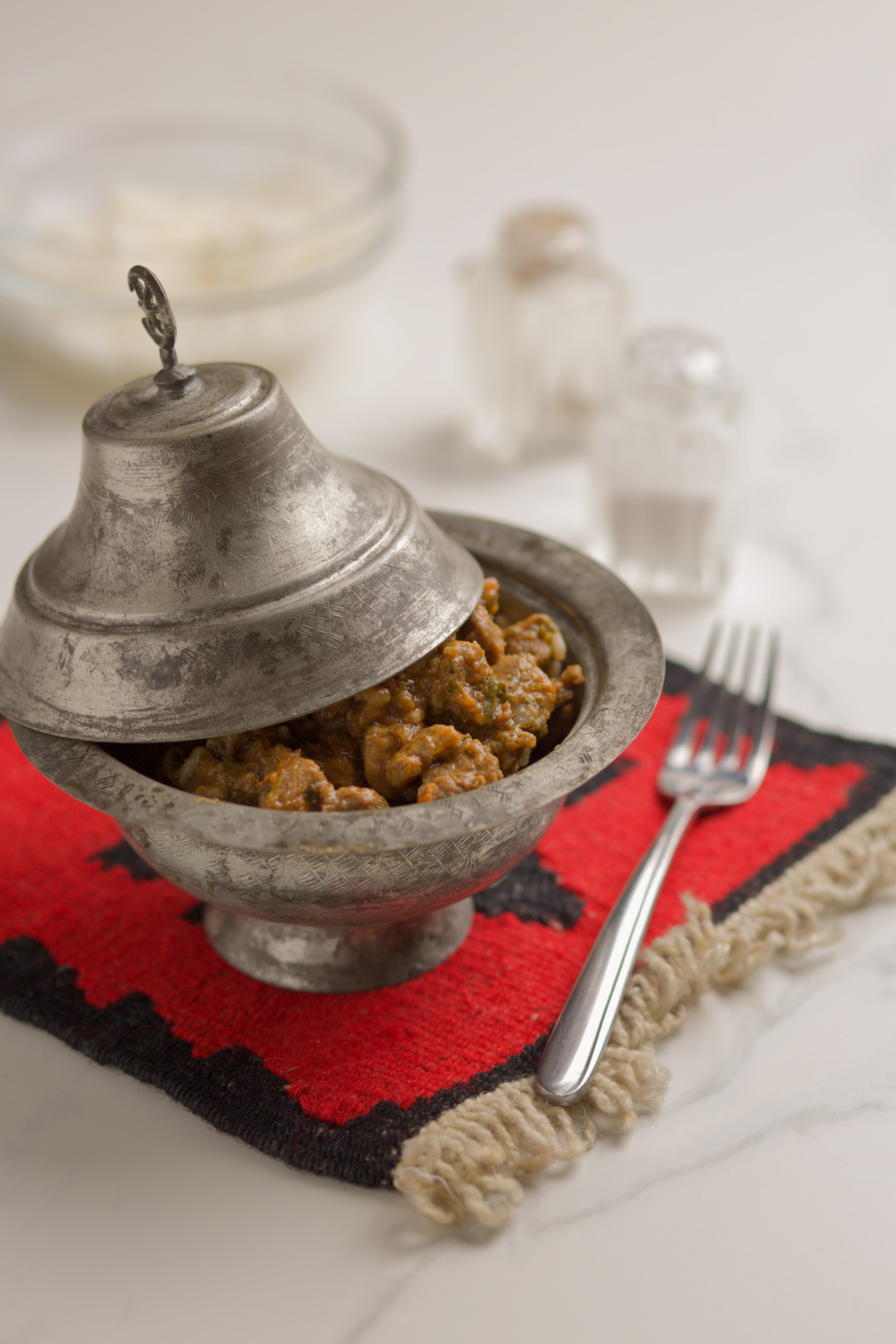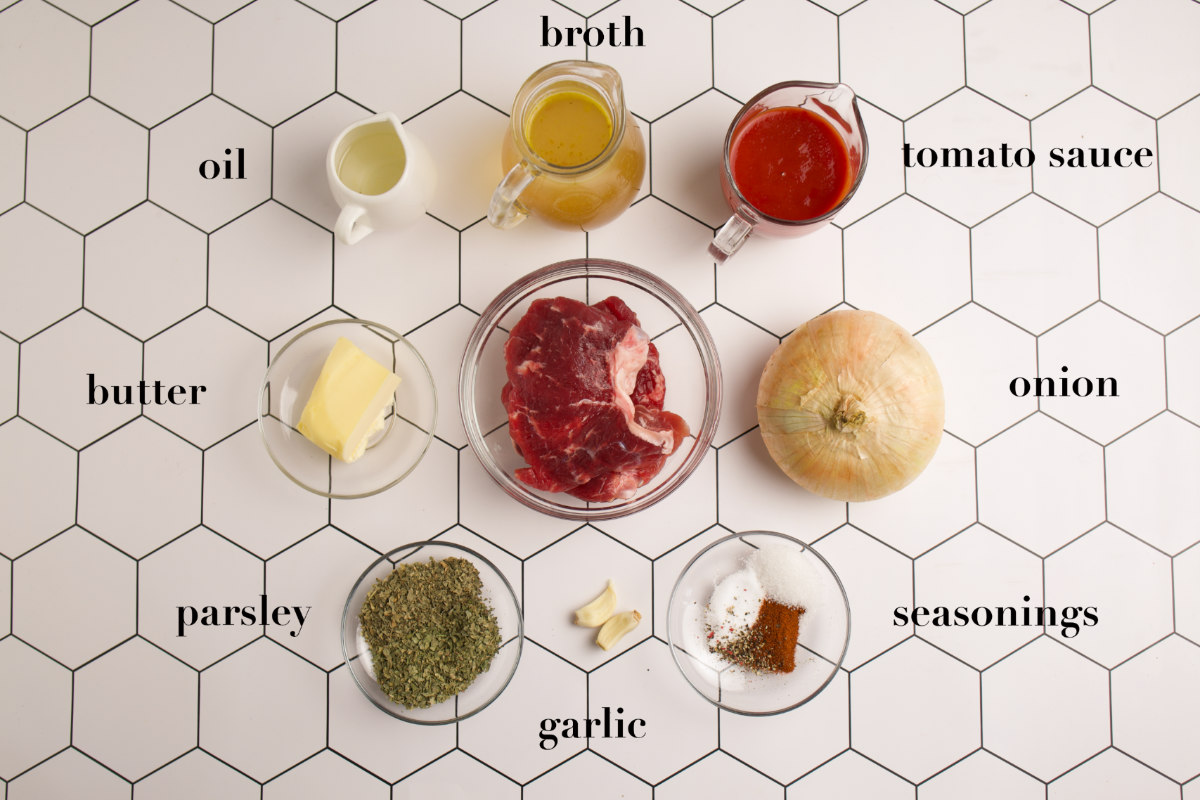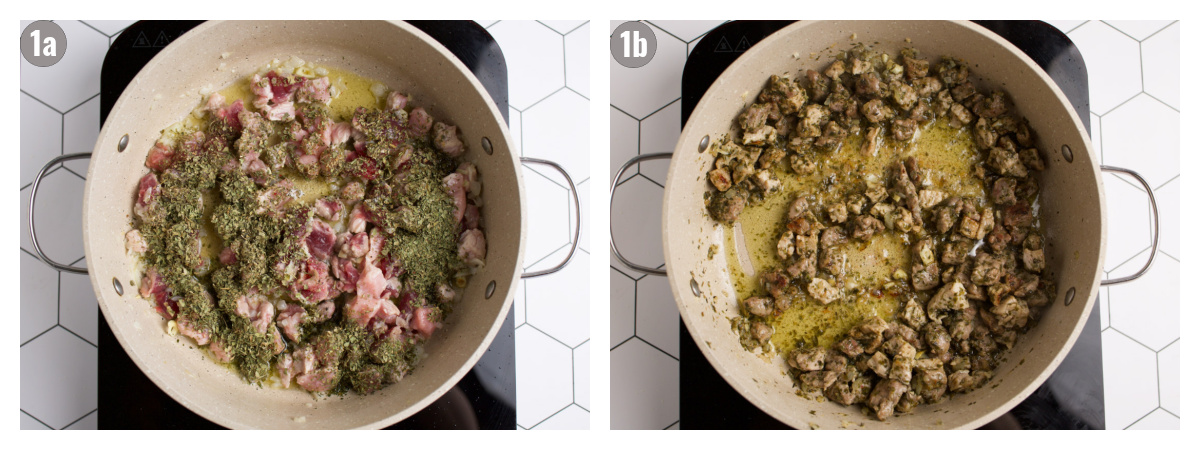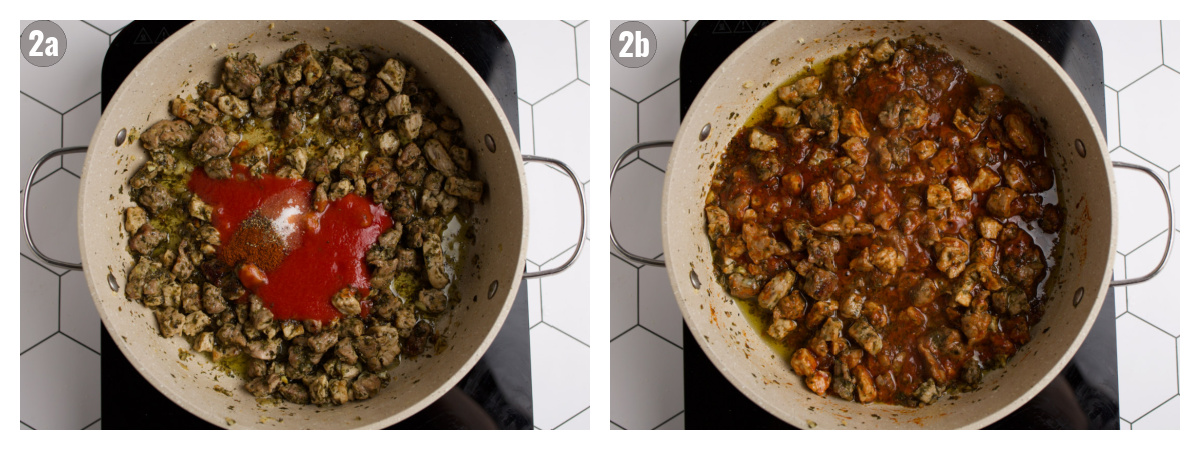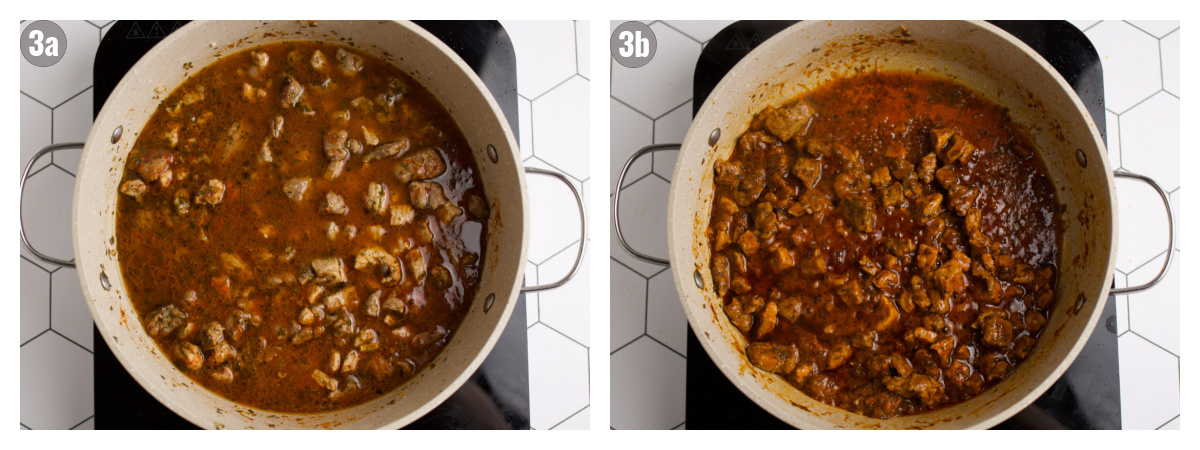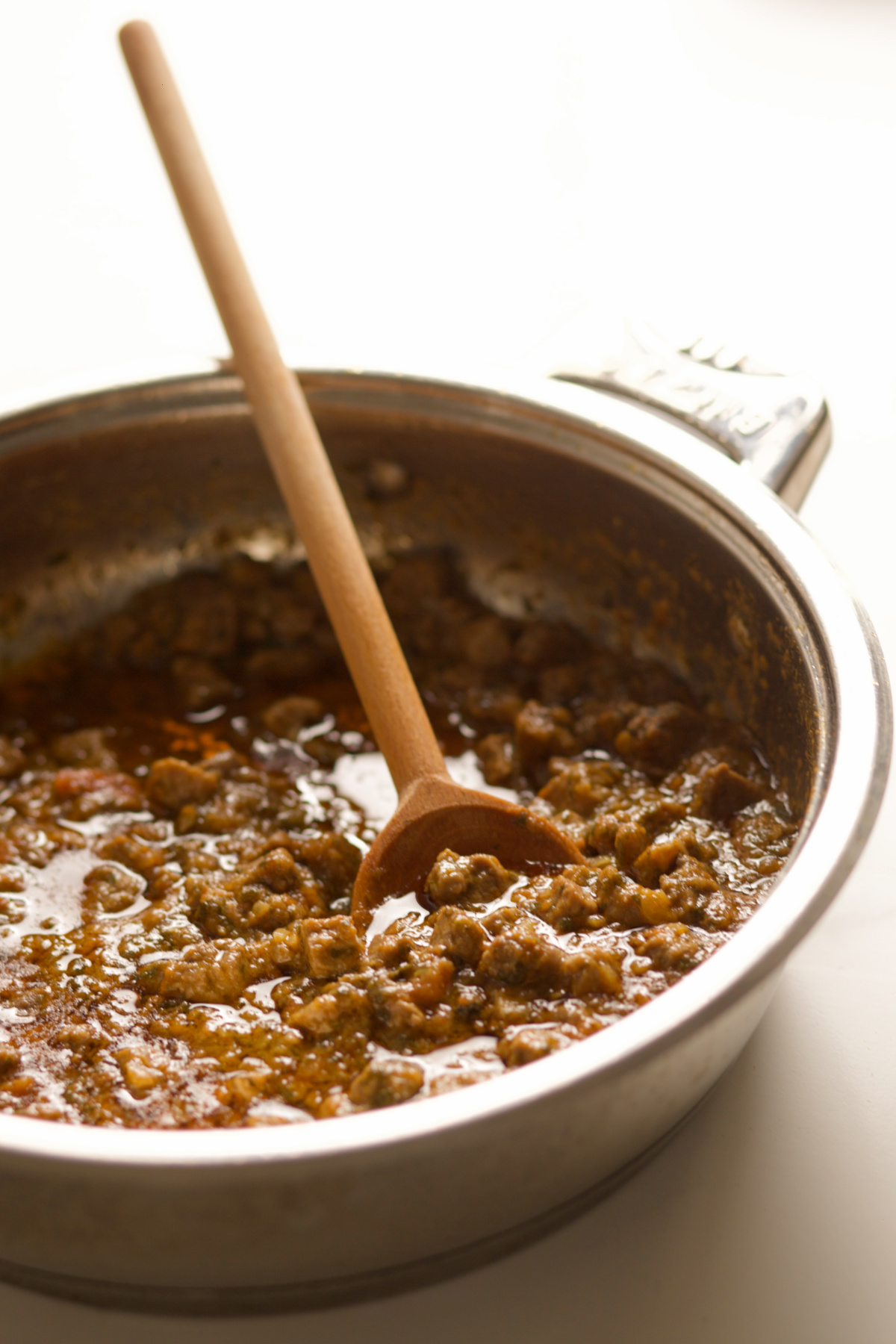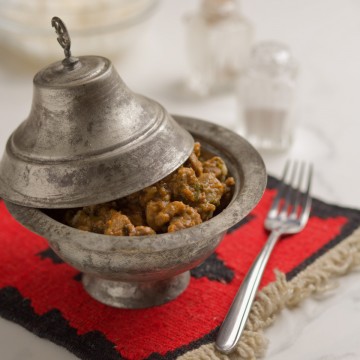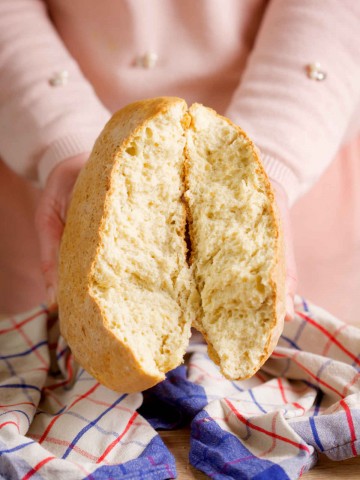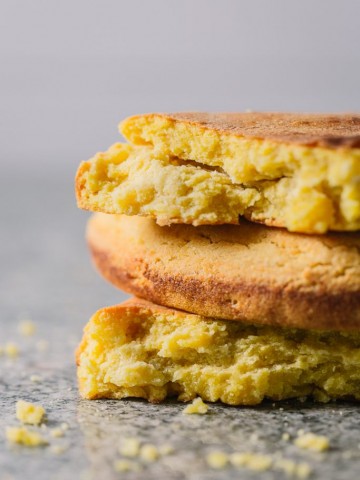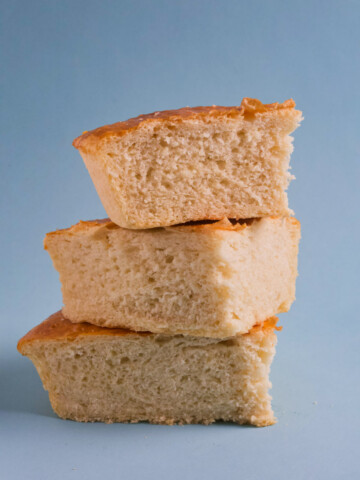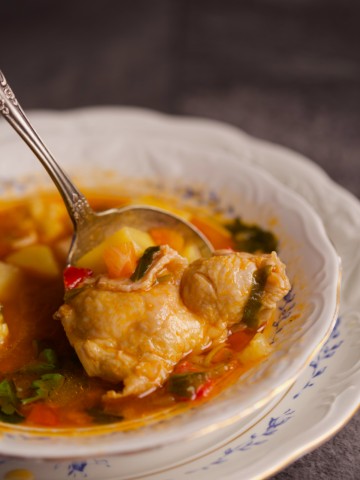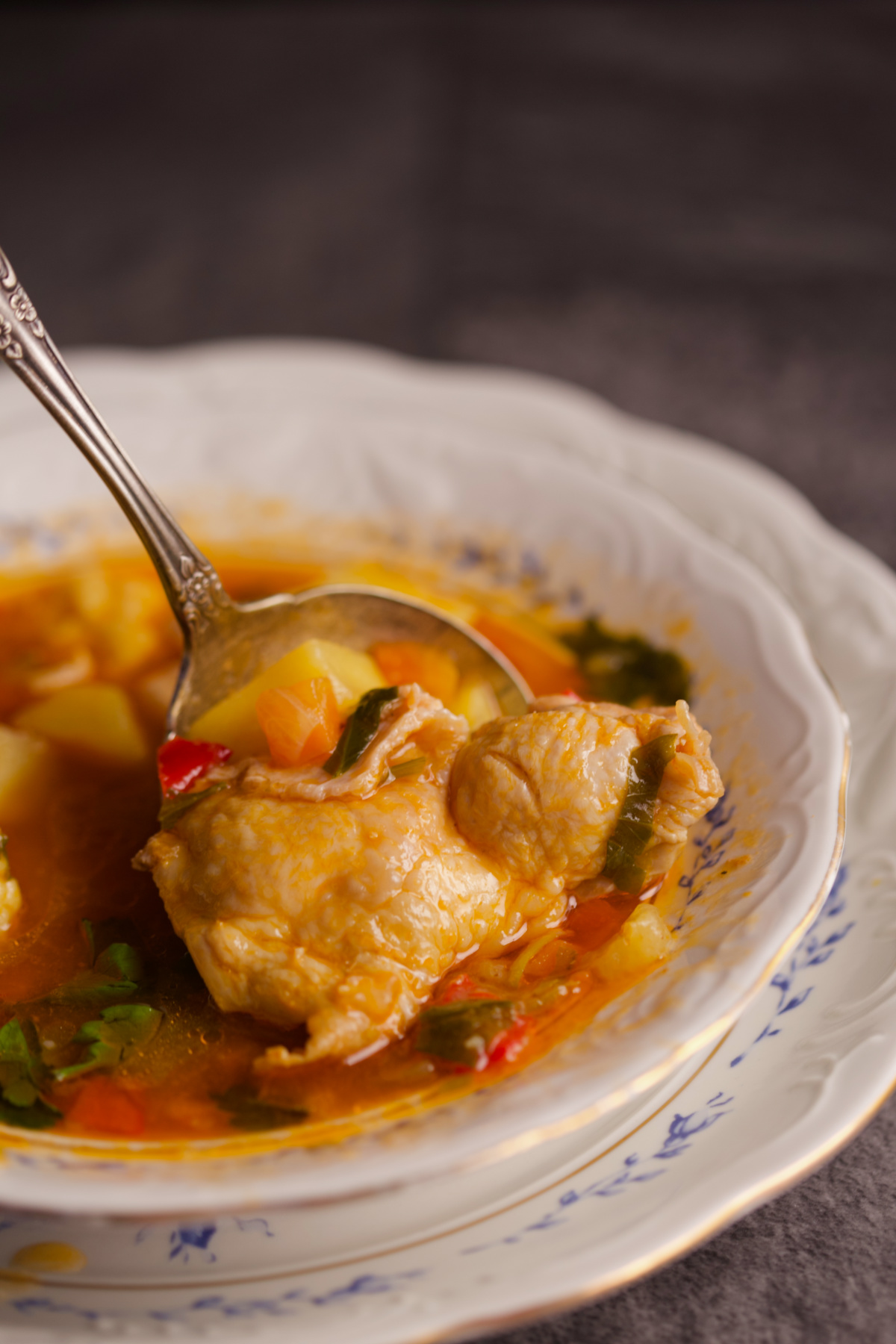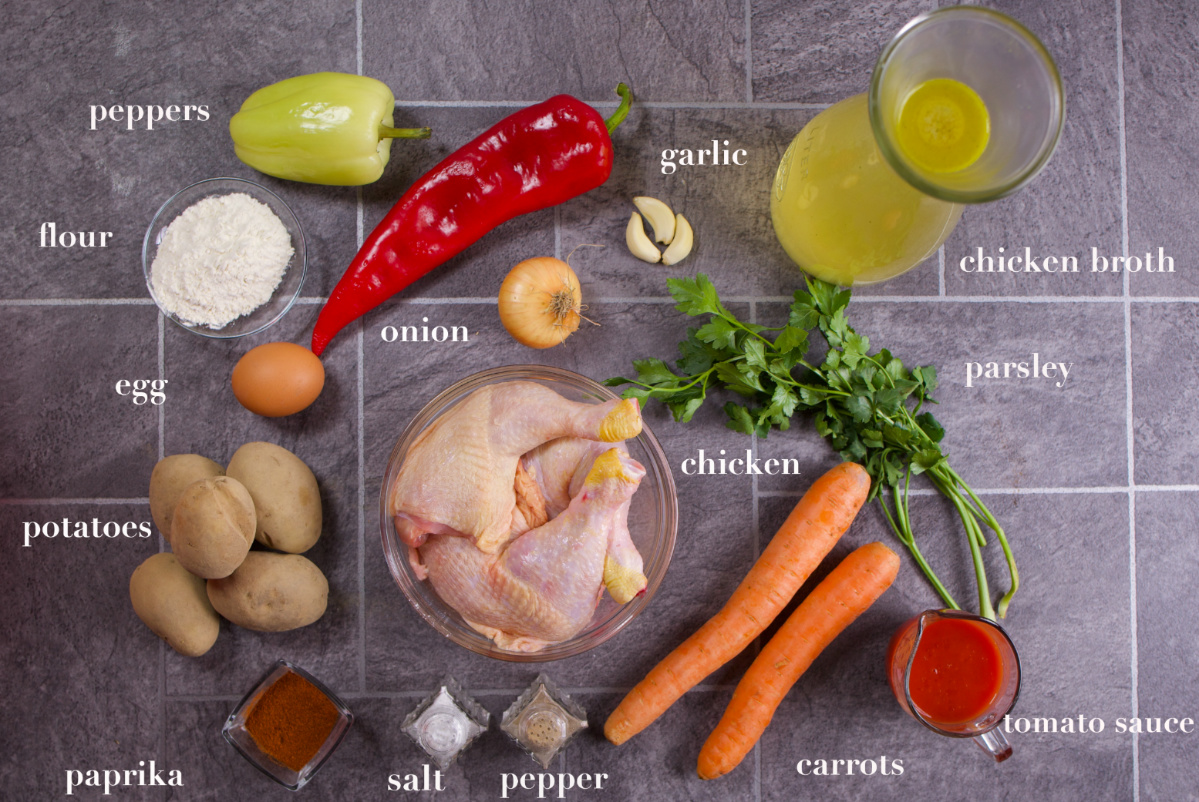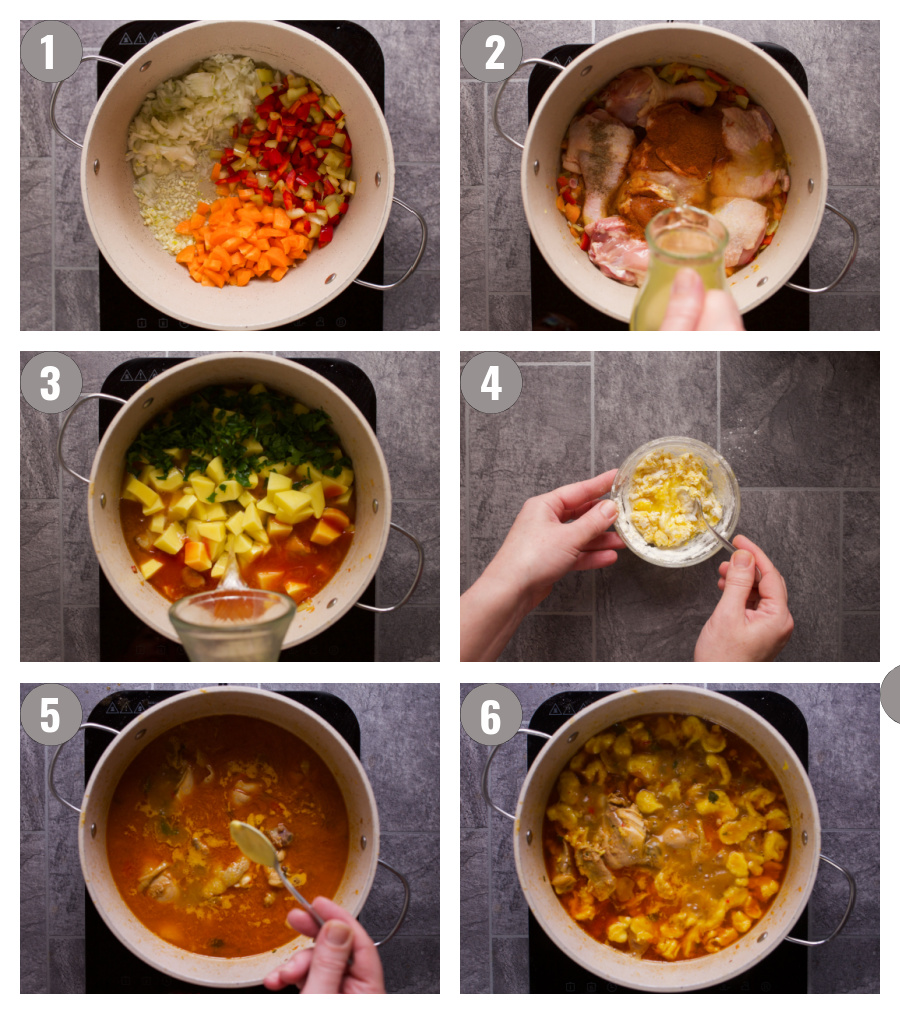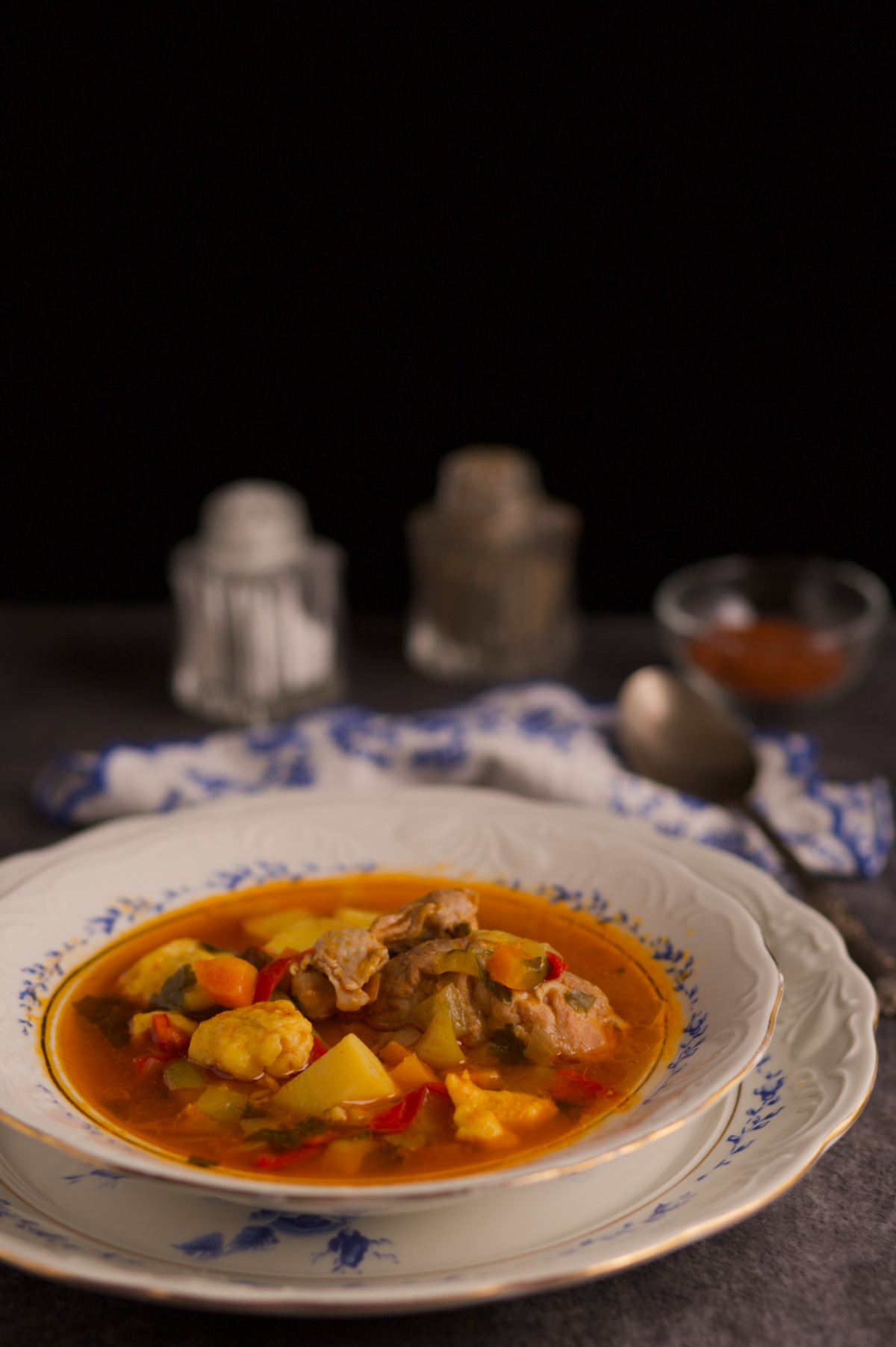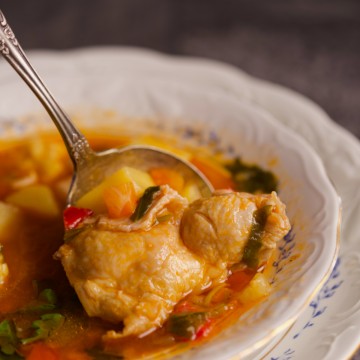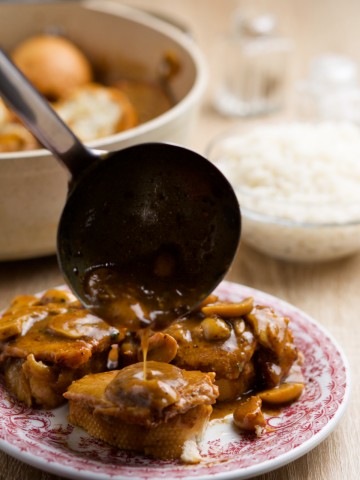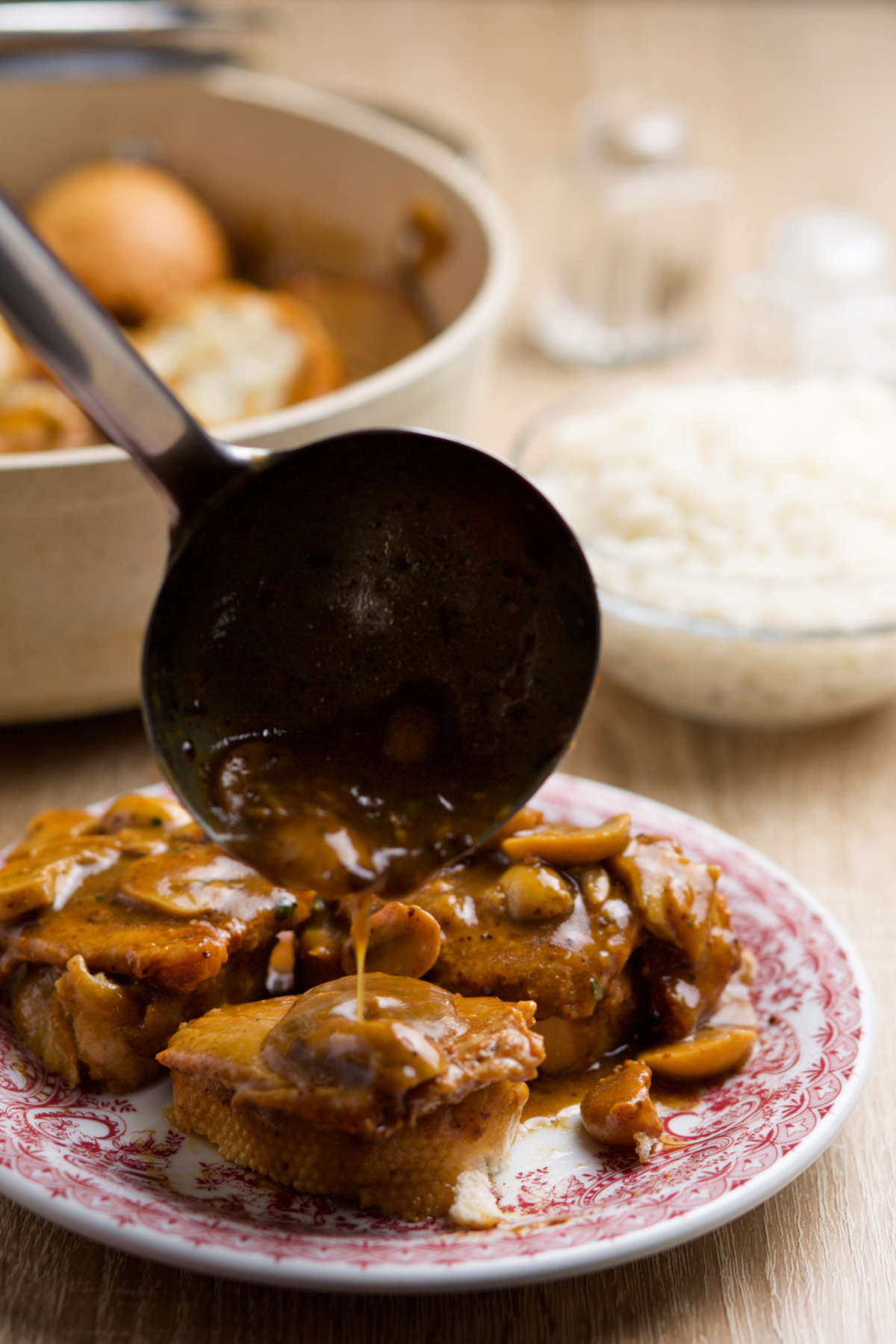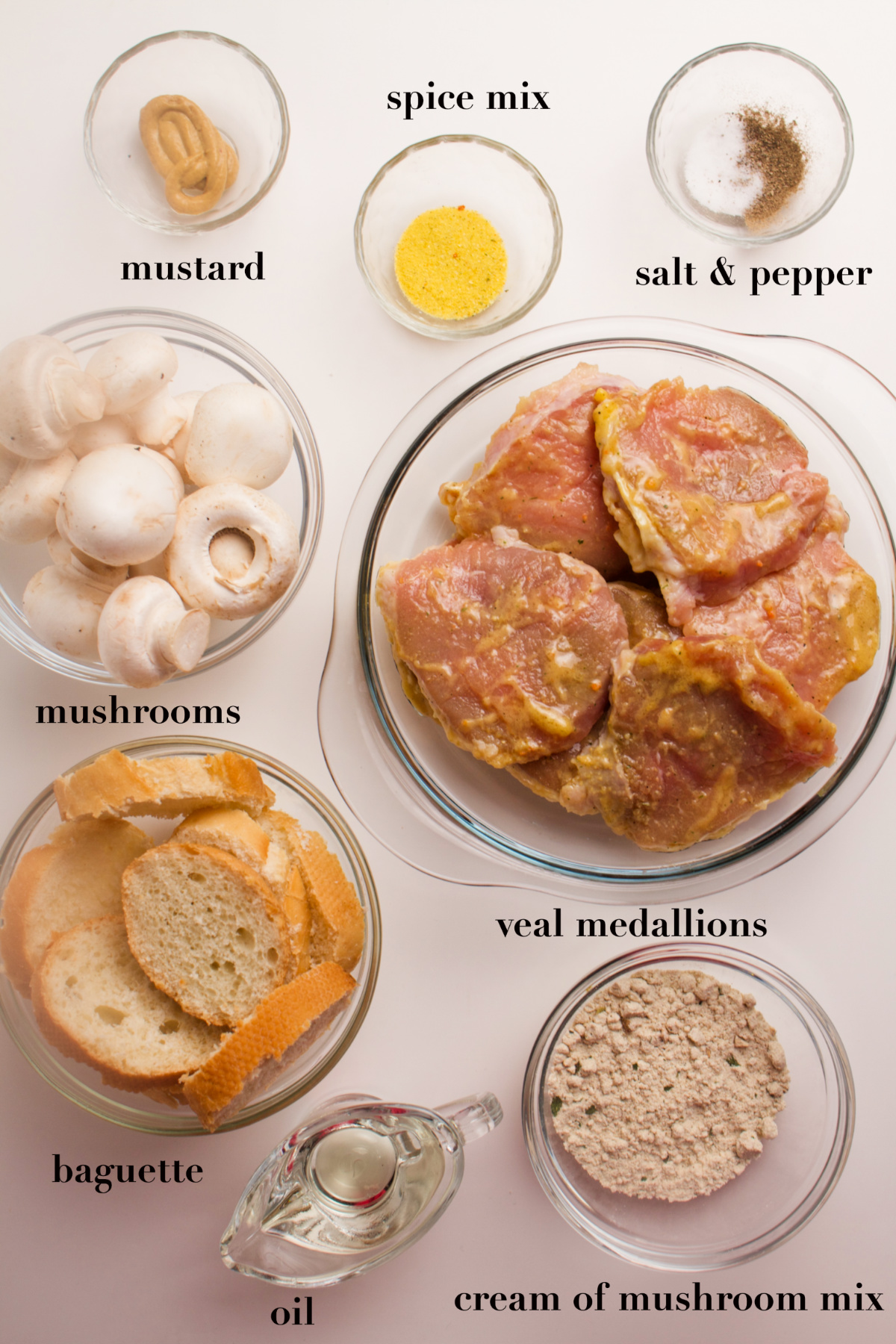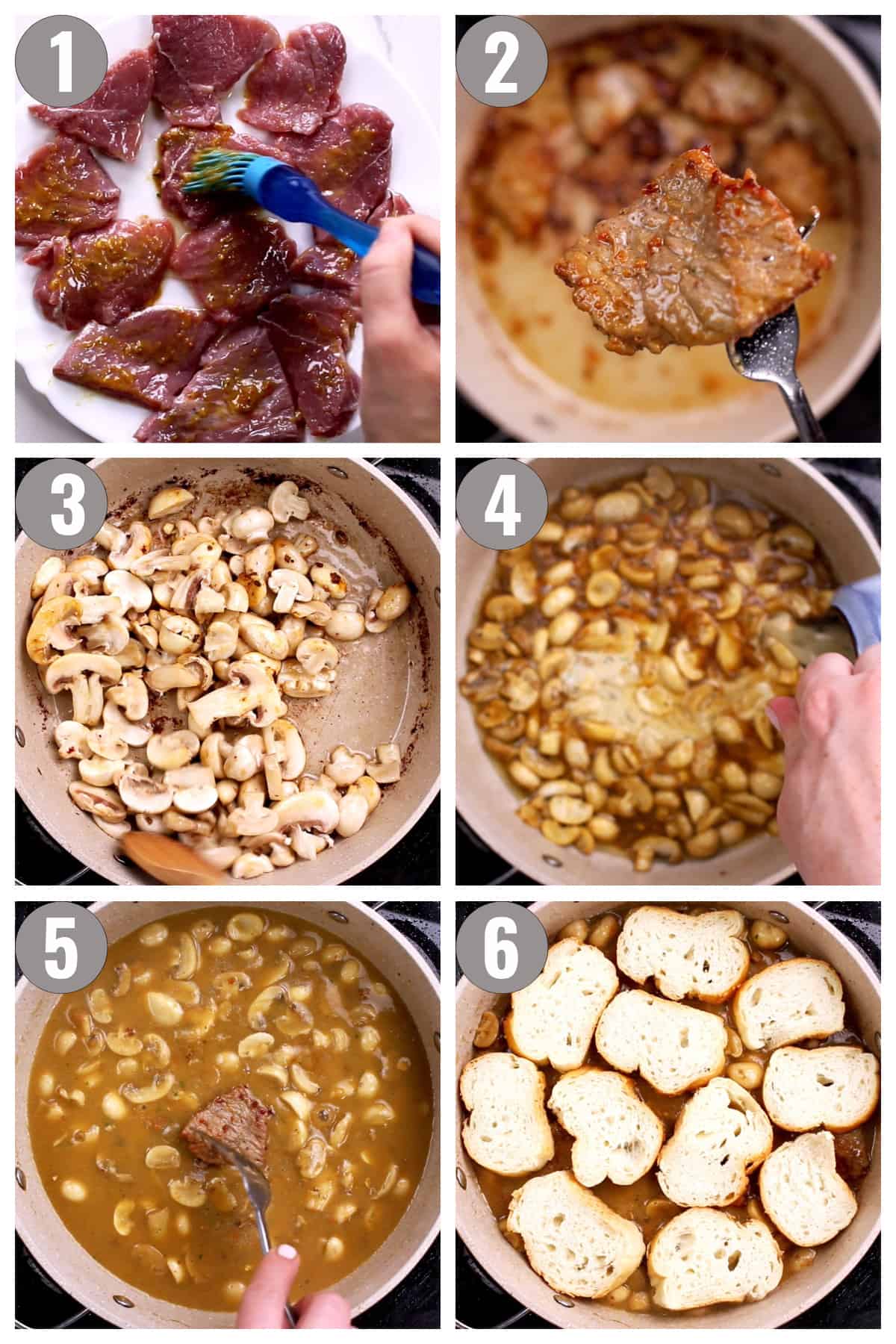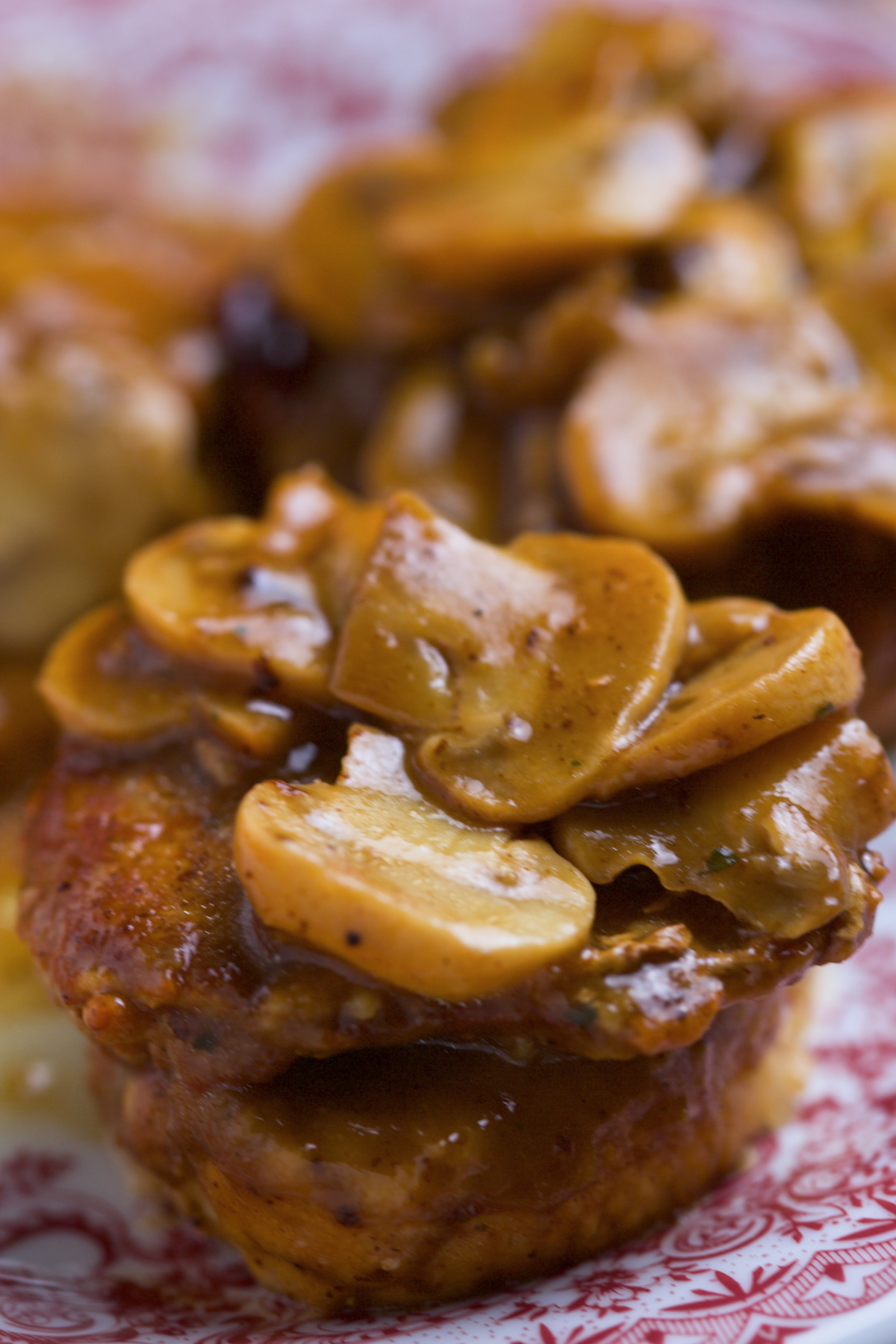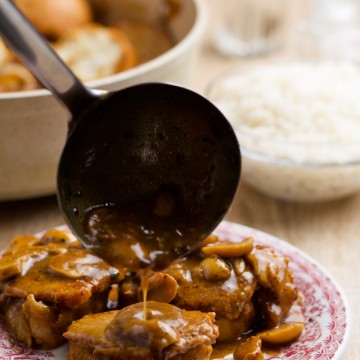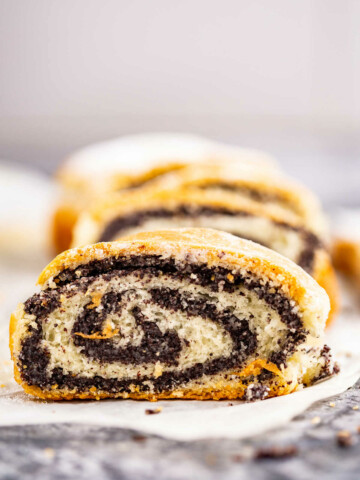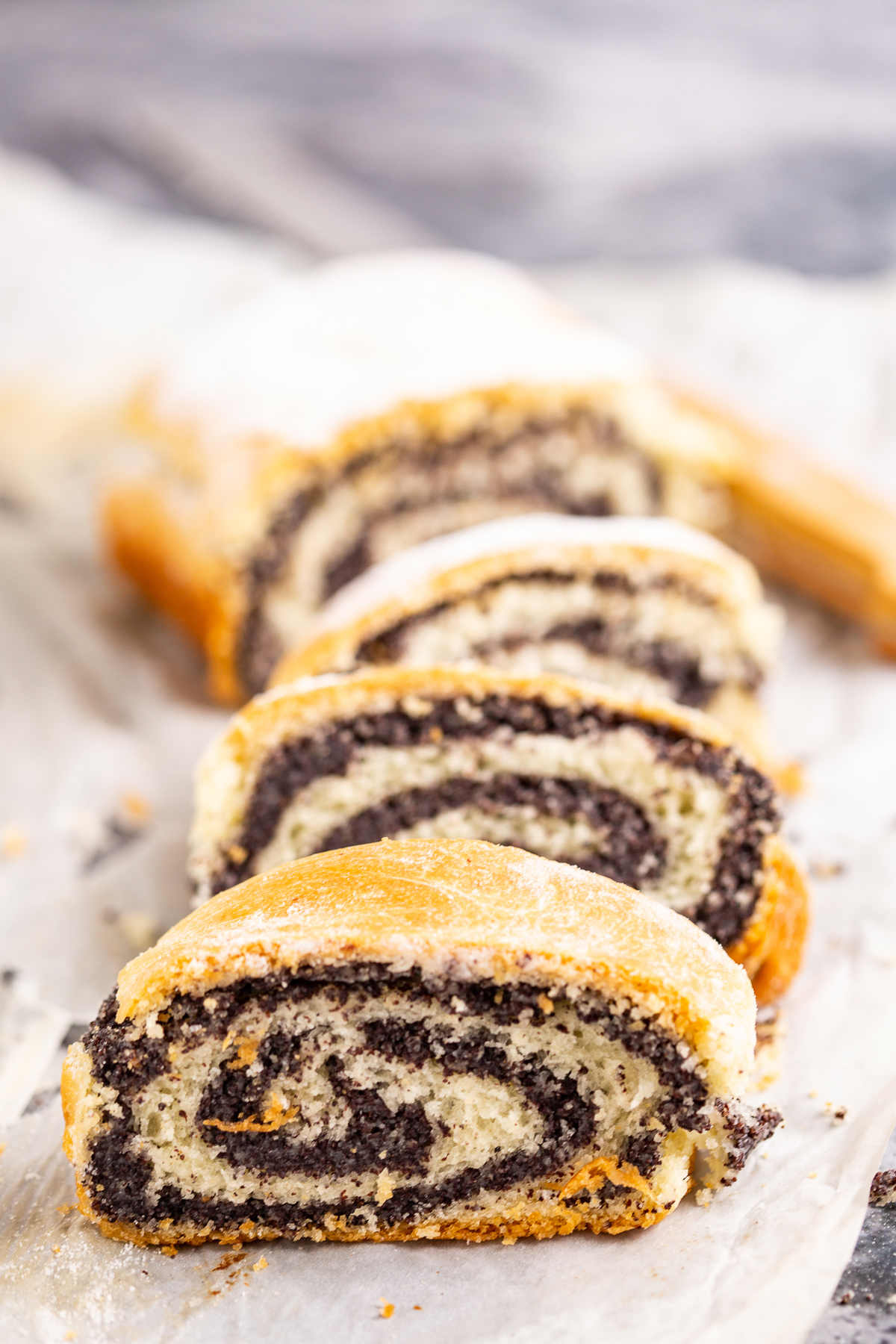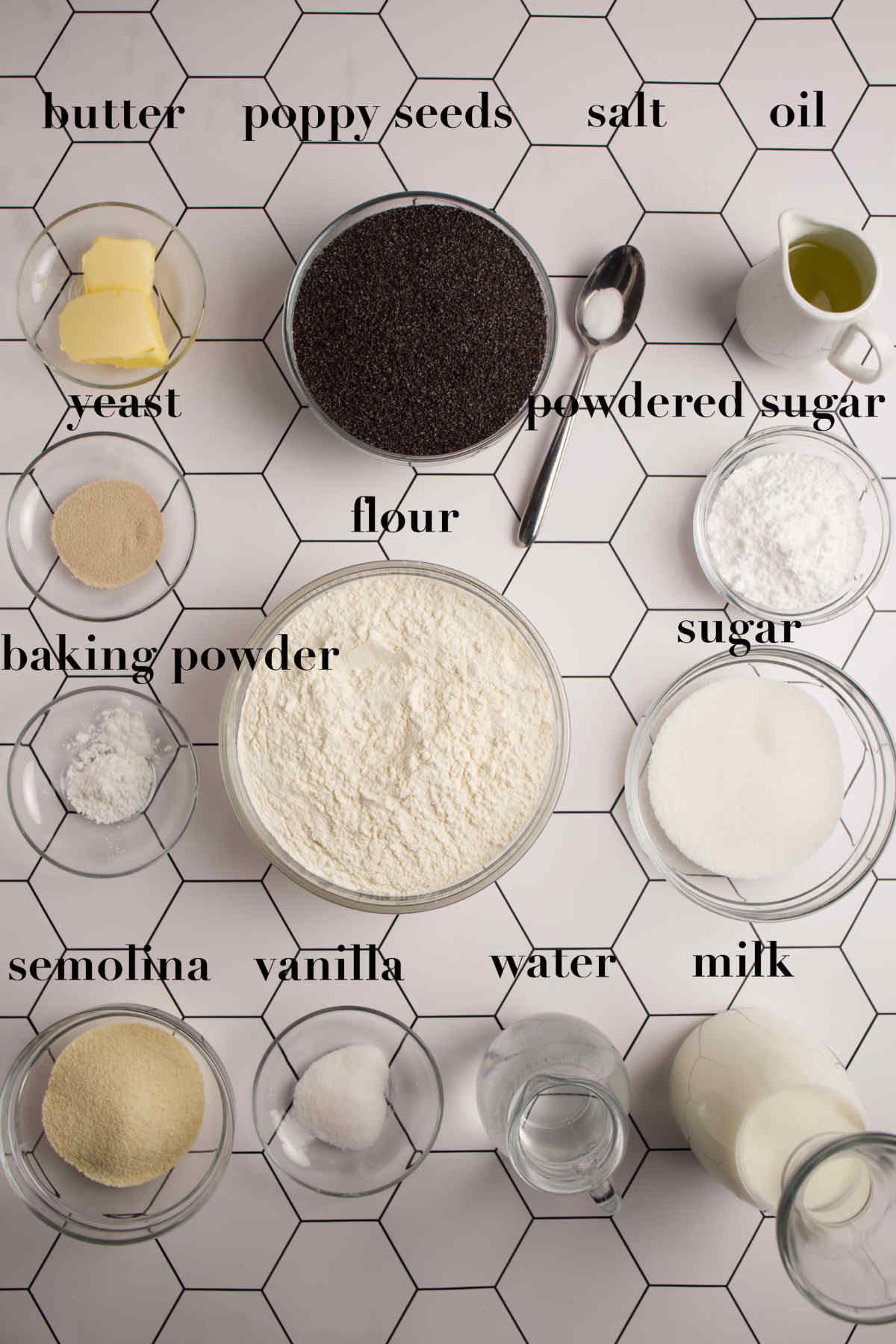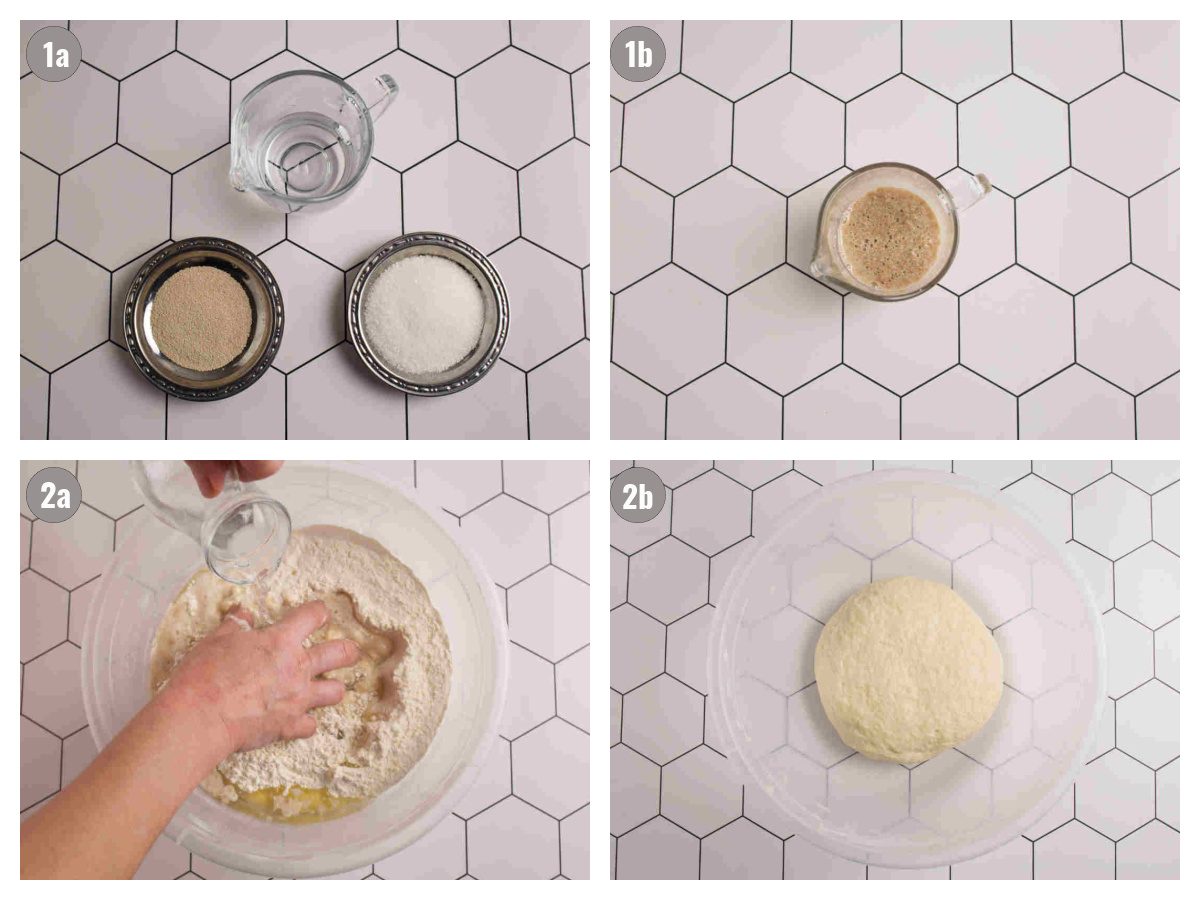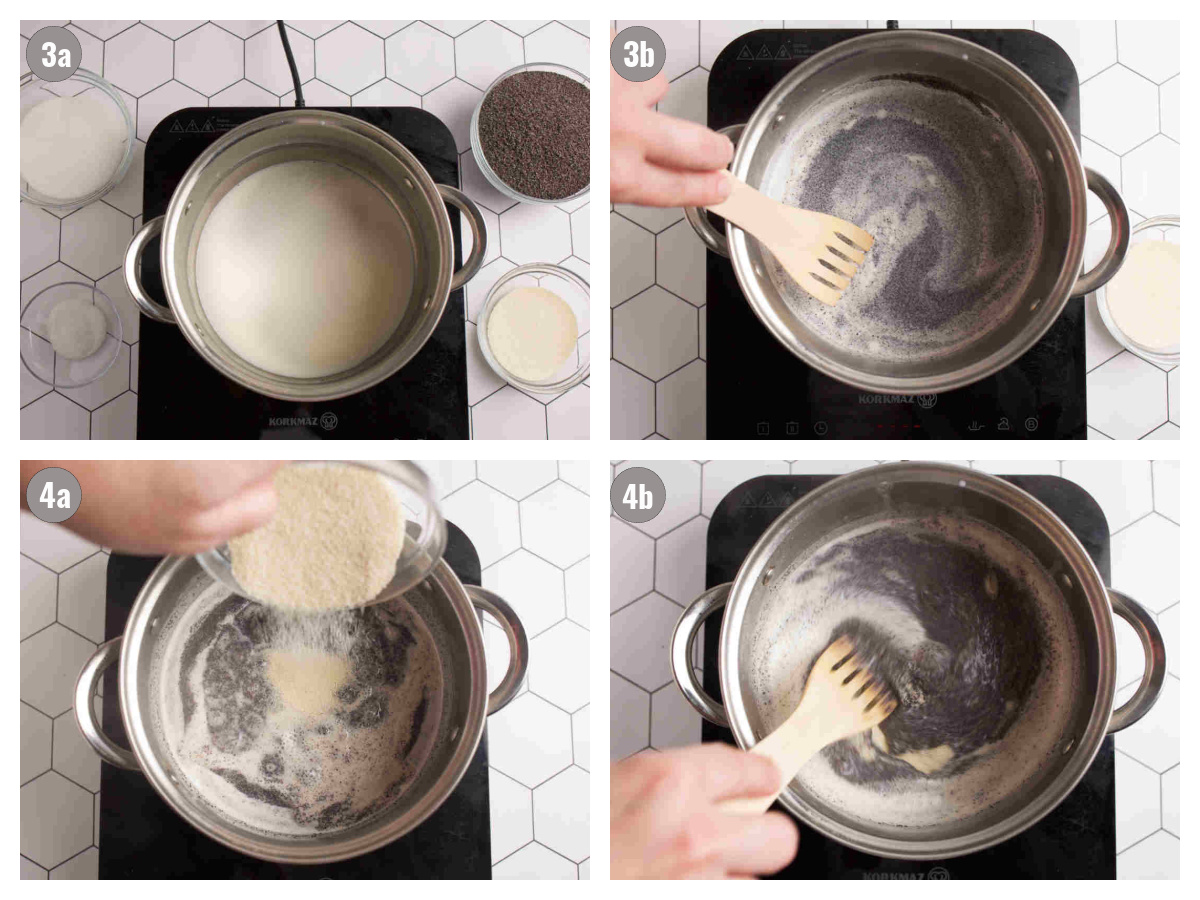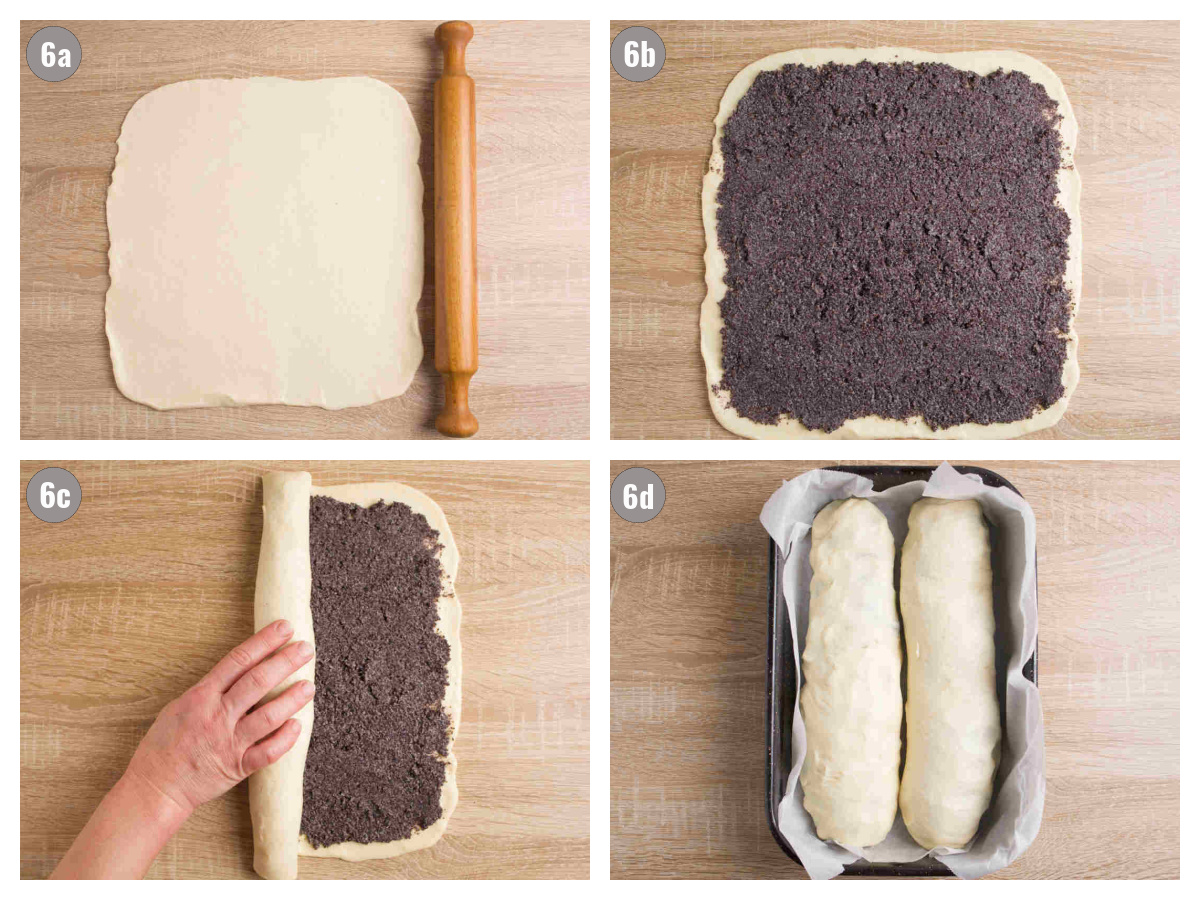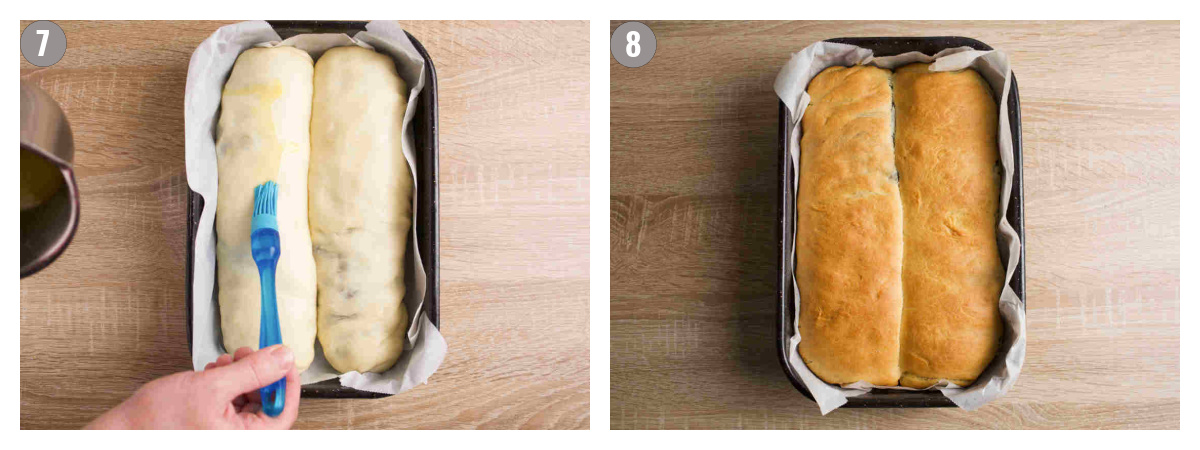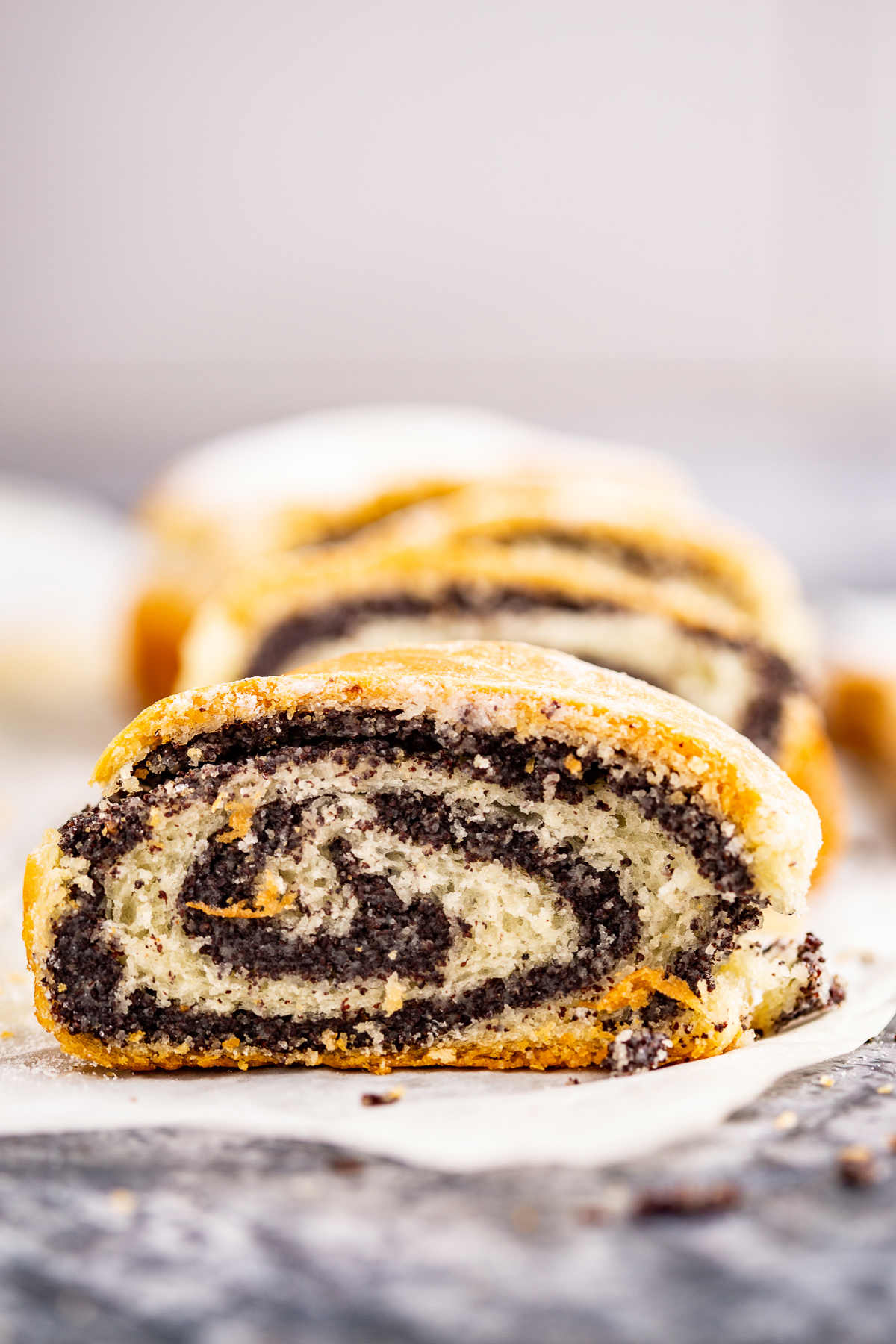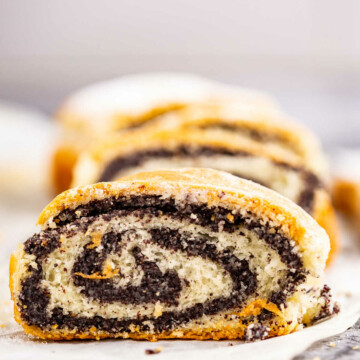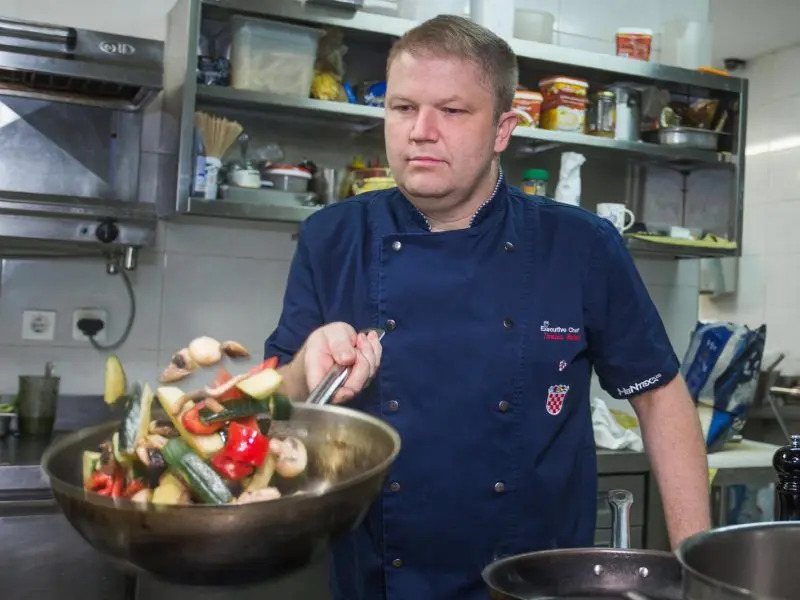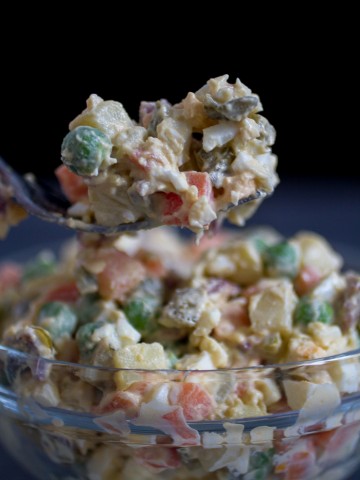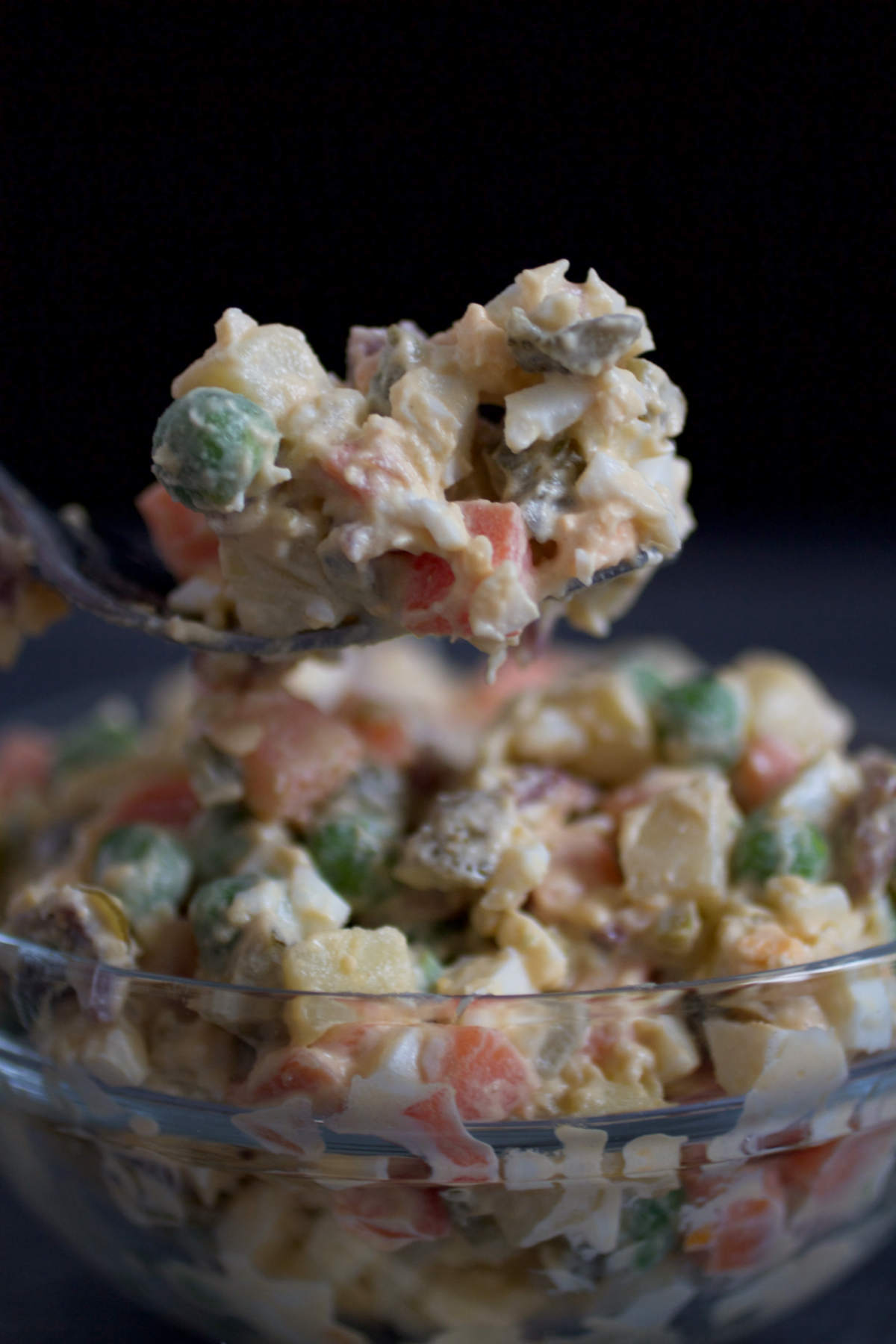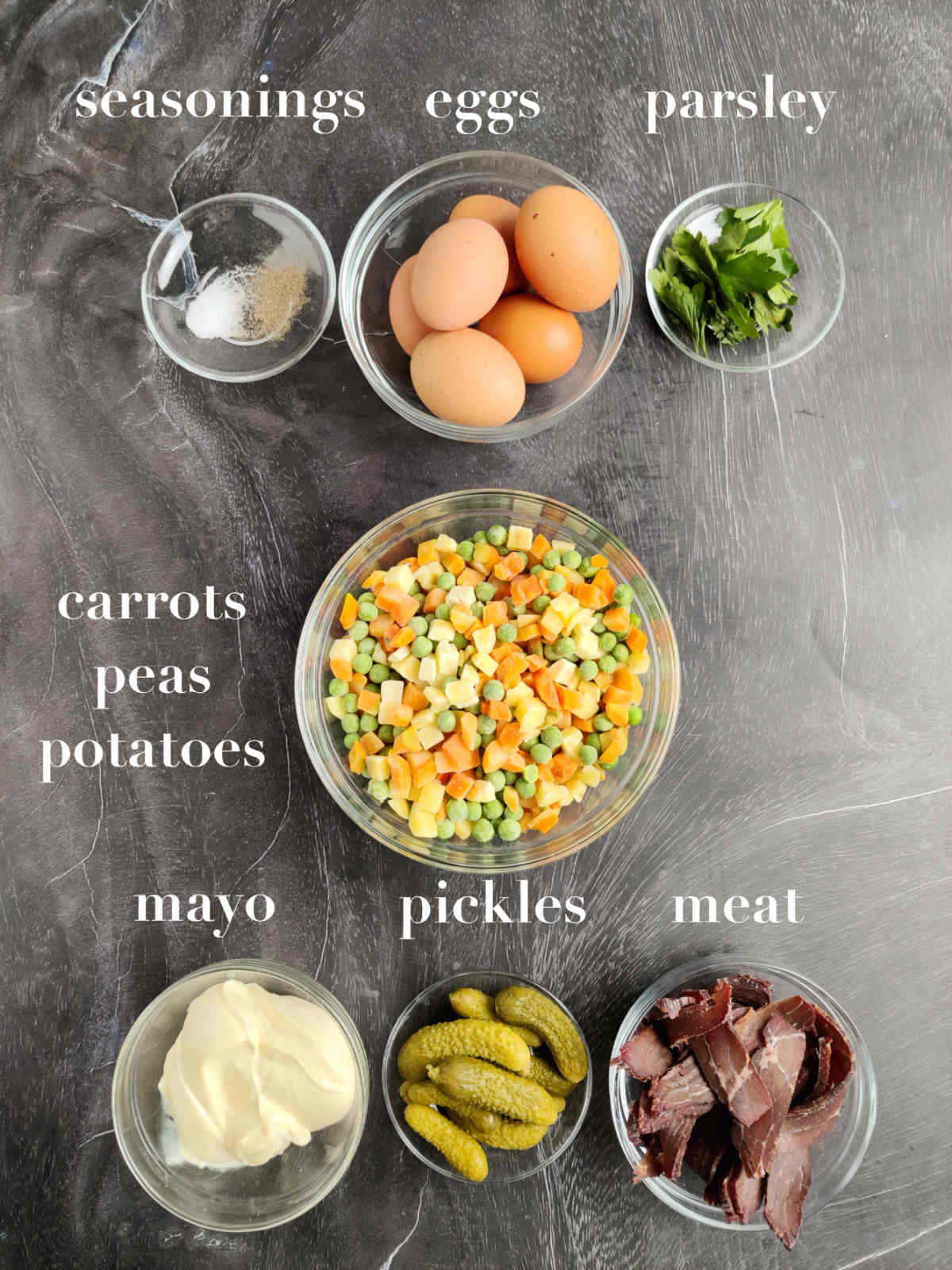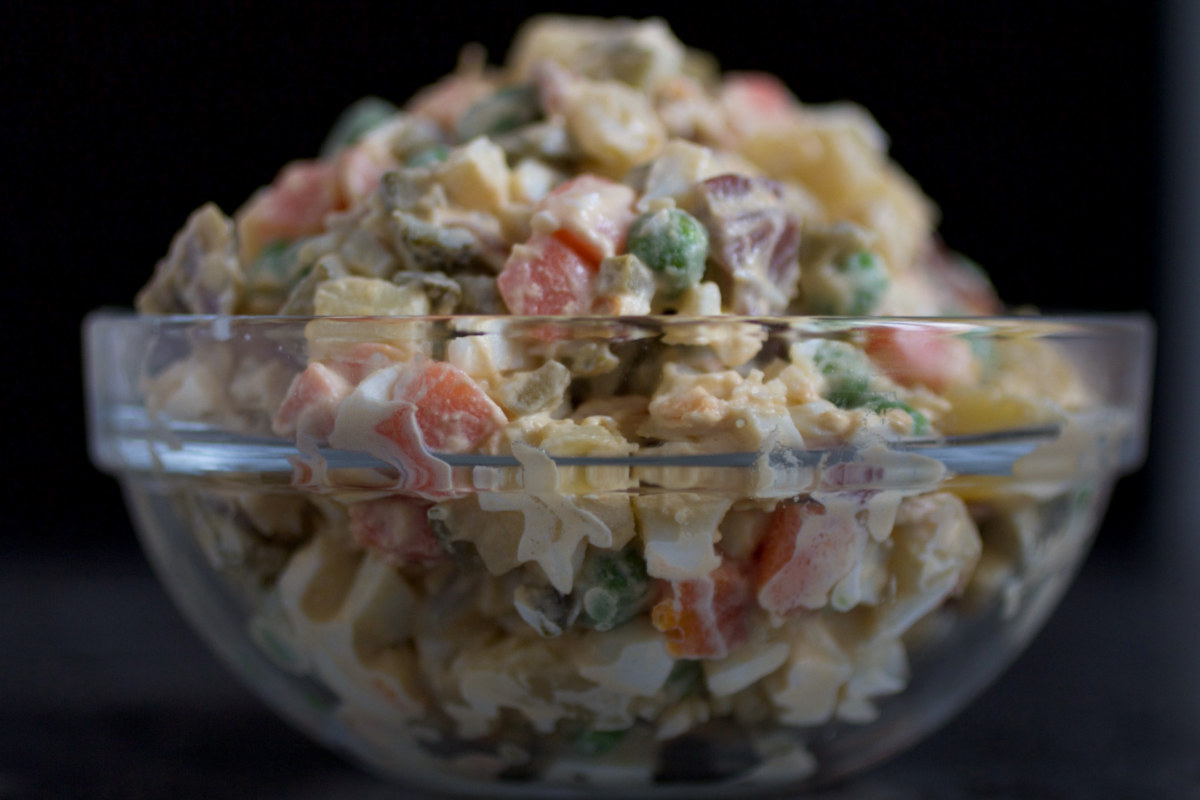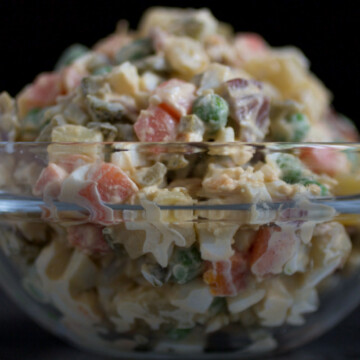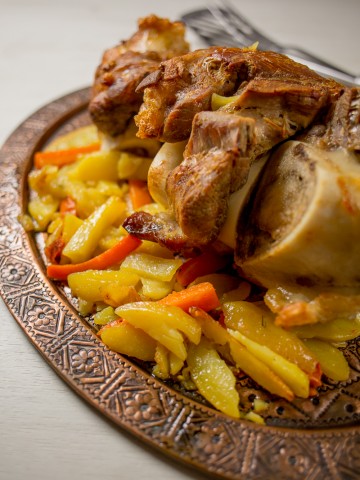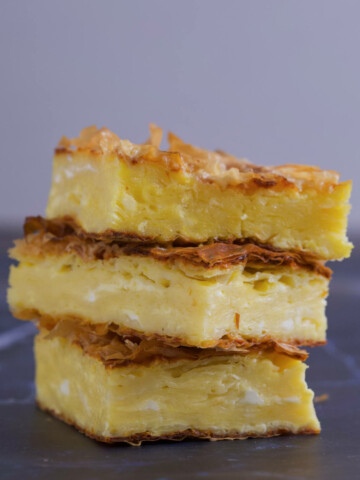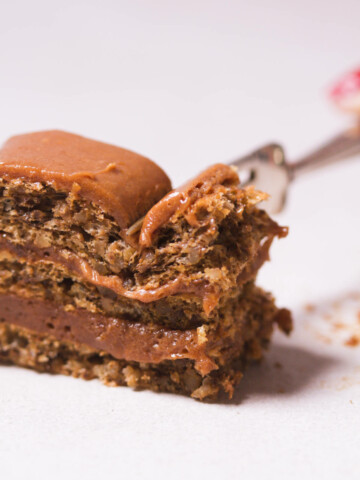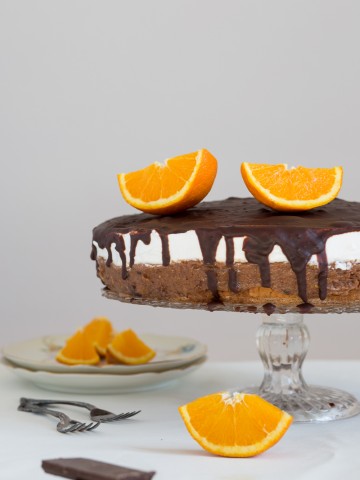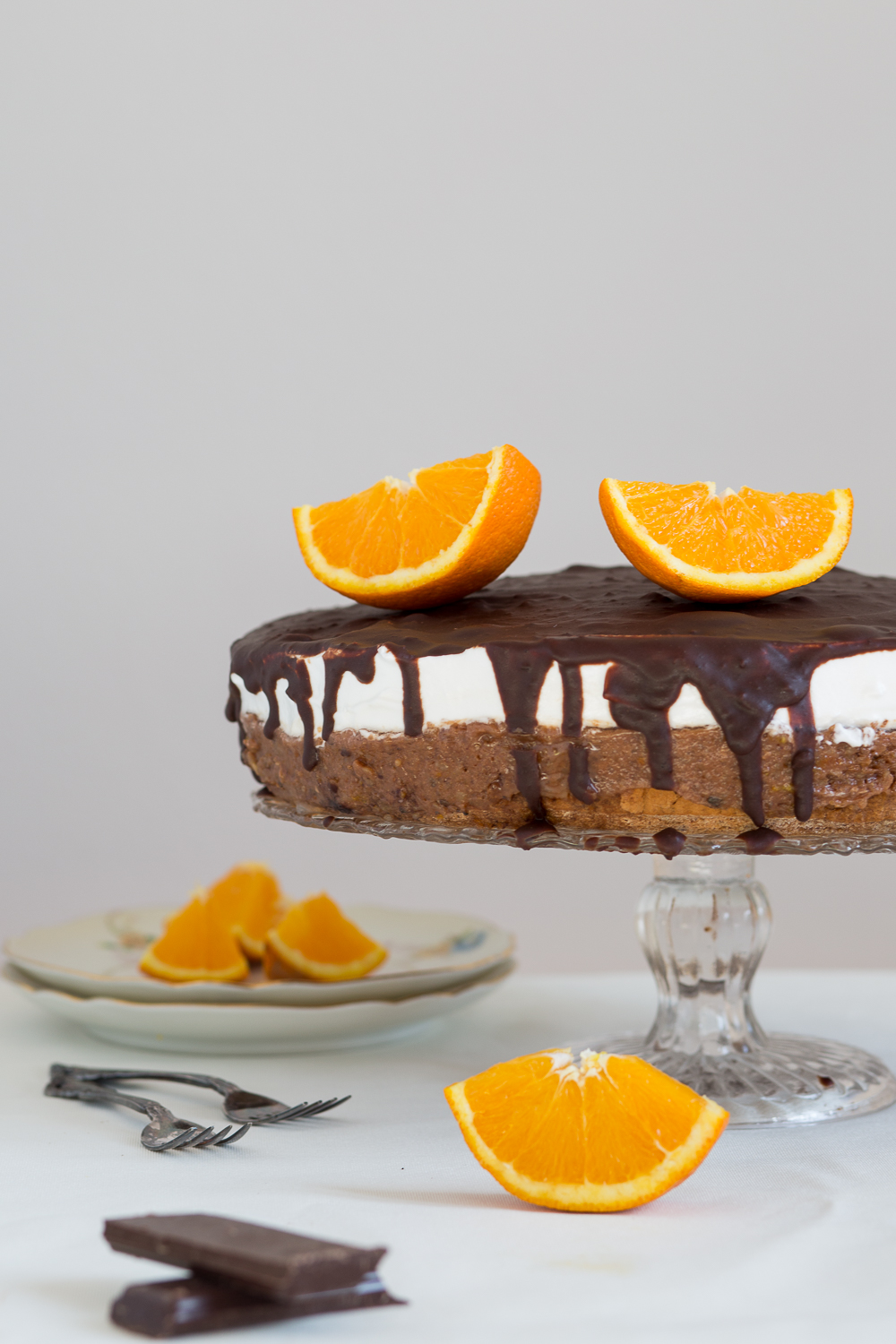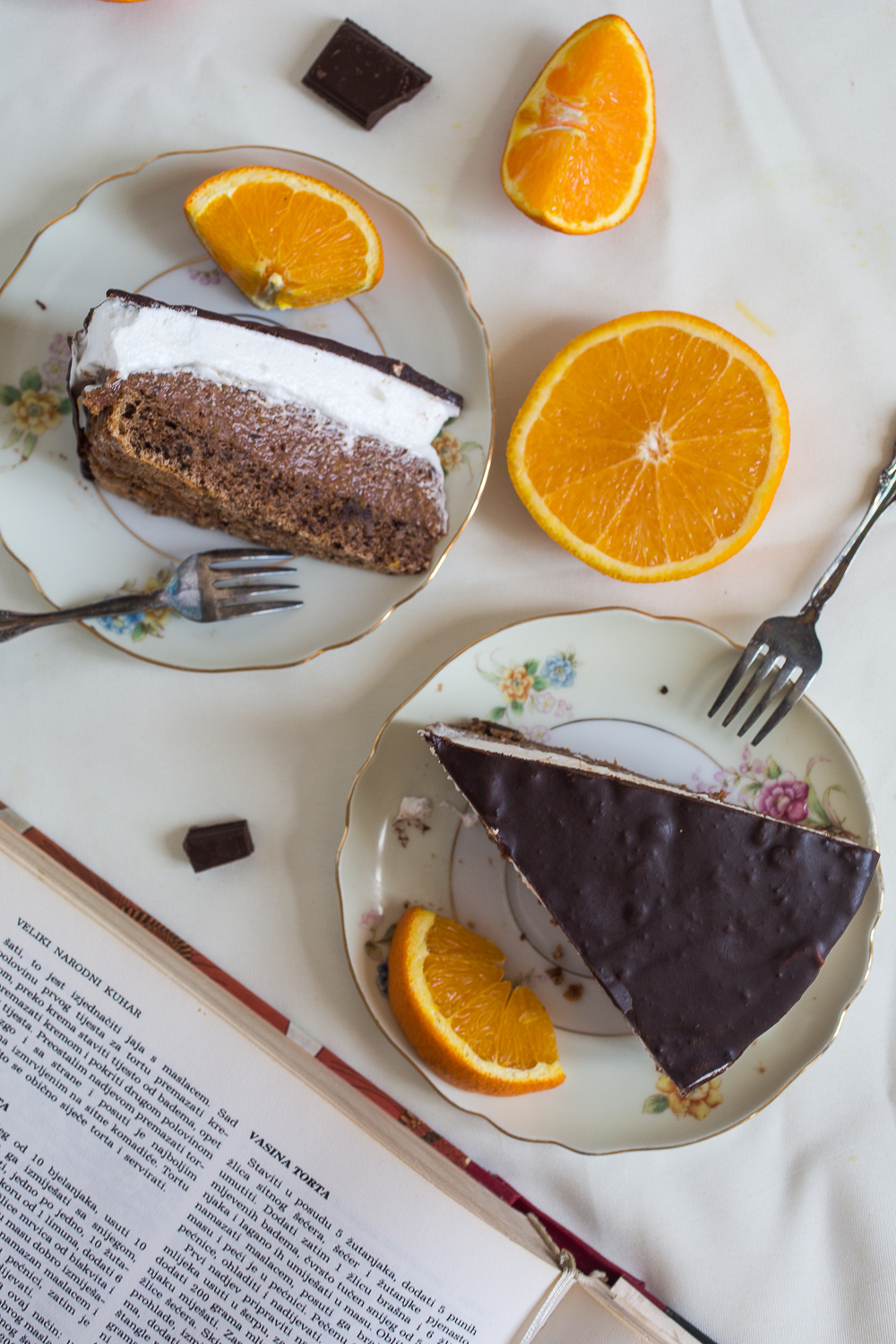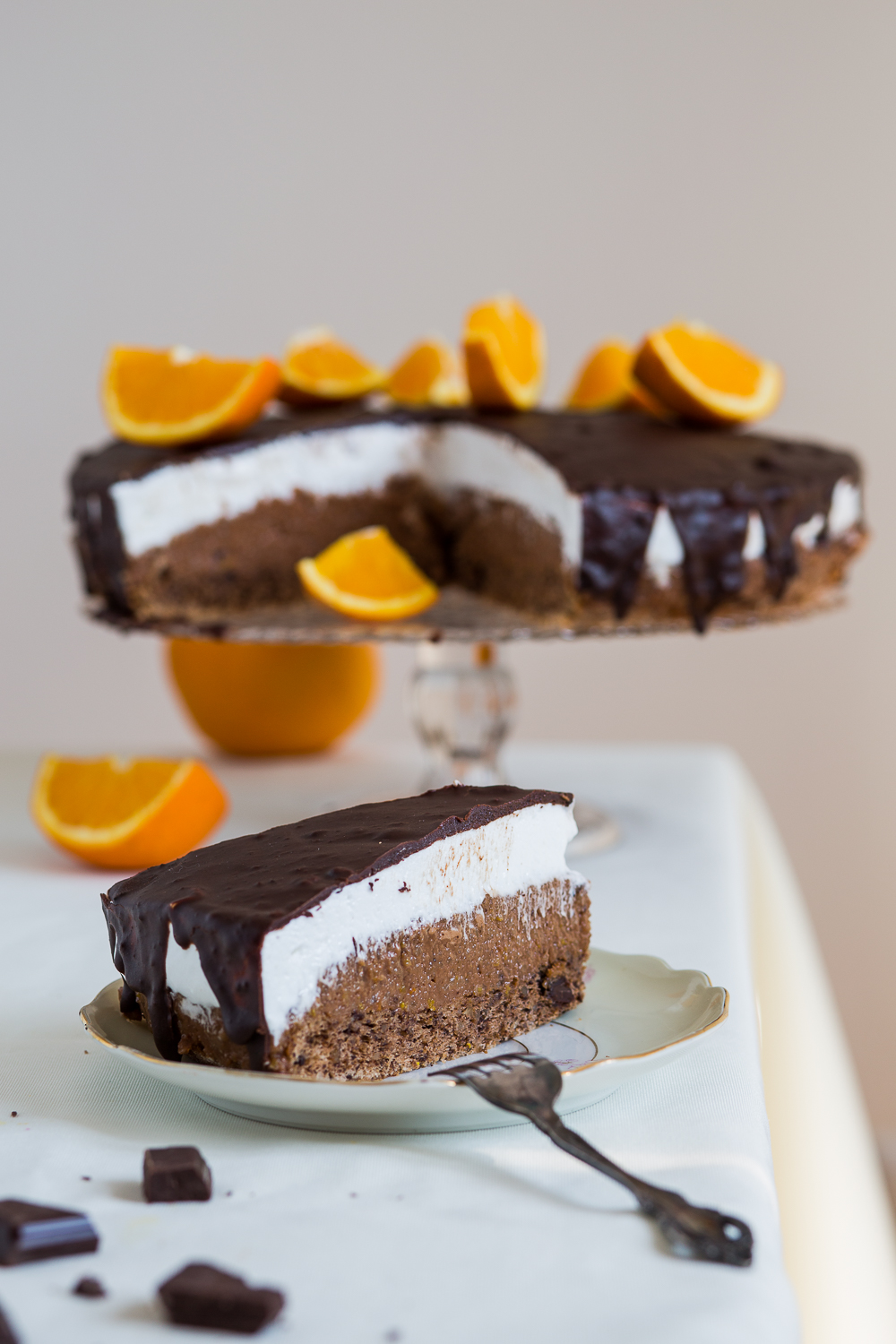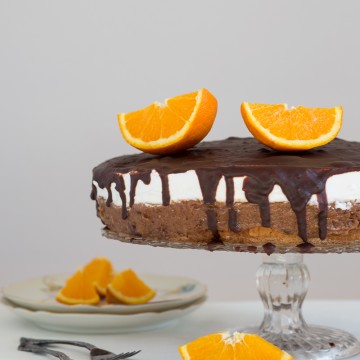Liver and onions is the perfect recipe for learning how to cook liver. Rich and flavorful, chicken liver is the best way to dip your toes in the land of organ meats. Shall we?
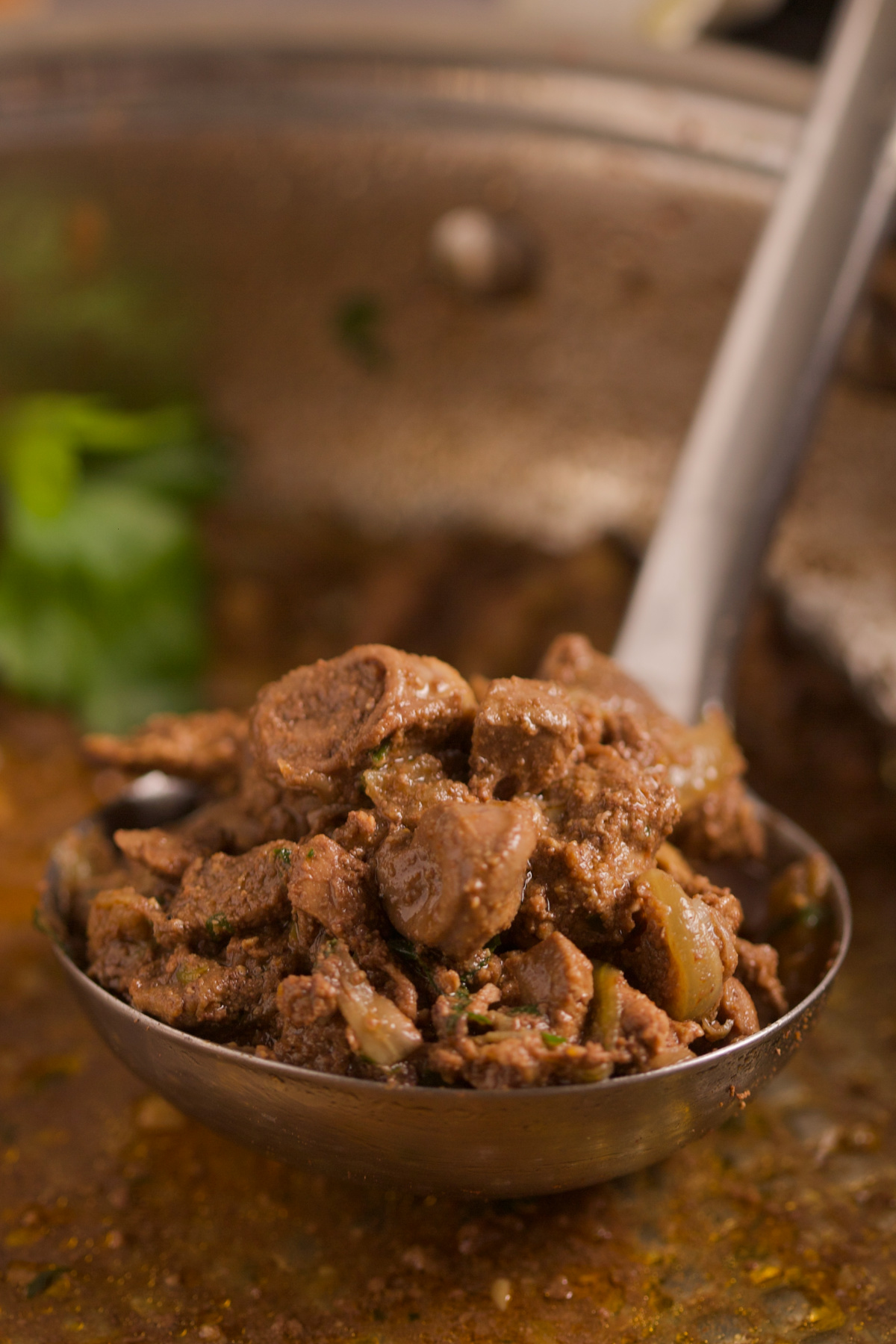
Background
Chicken liver and organ meats are just now becoming mainstream in American cooking. Worldwide they've been a staple of Balkan, French, Indian, Japanese, and Russian cuisines for years.
Moreover, there are many reasons why you should learn how to cook chicken livers!
The liver is a nutritious superfood. It's chockful of vitamins and minerals, especially iron! In fact, many women learn how to cook liver during pregnancy.
You're probably wondering what chicken liver tastes like.
Chicken livers are the mildest of all organ meats. Incredibly flavorful and rich, they're meaty, tender yet dense. Finally, like game meat, they have a sweet note and go great with many sides.
What's more, it only takes one good dish to turn you on to this meat forever. If you're curious about how to cook chicken livers, our liver and onion sauce is just the recipe for you!
Ingredients
Below are the ingredients for our liver and onions sauce.
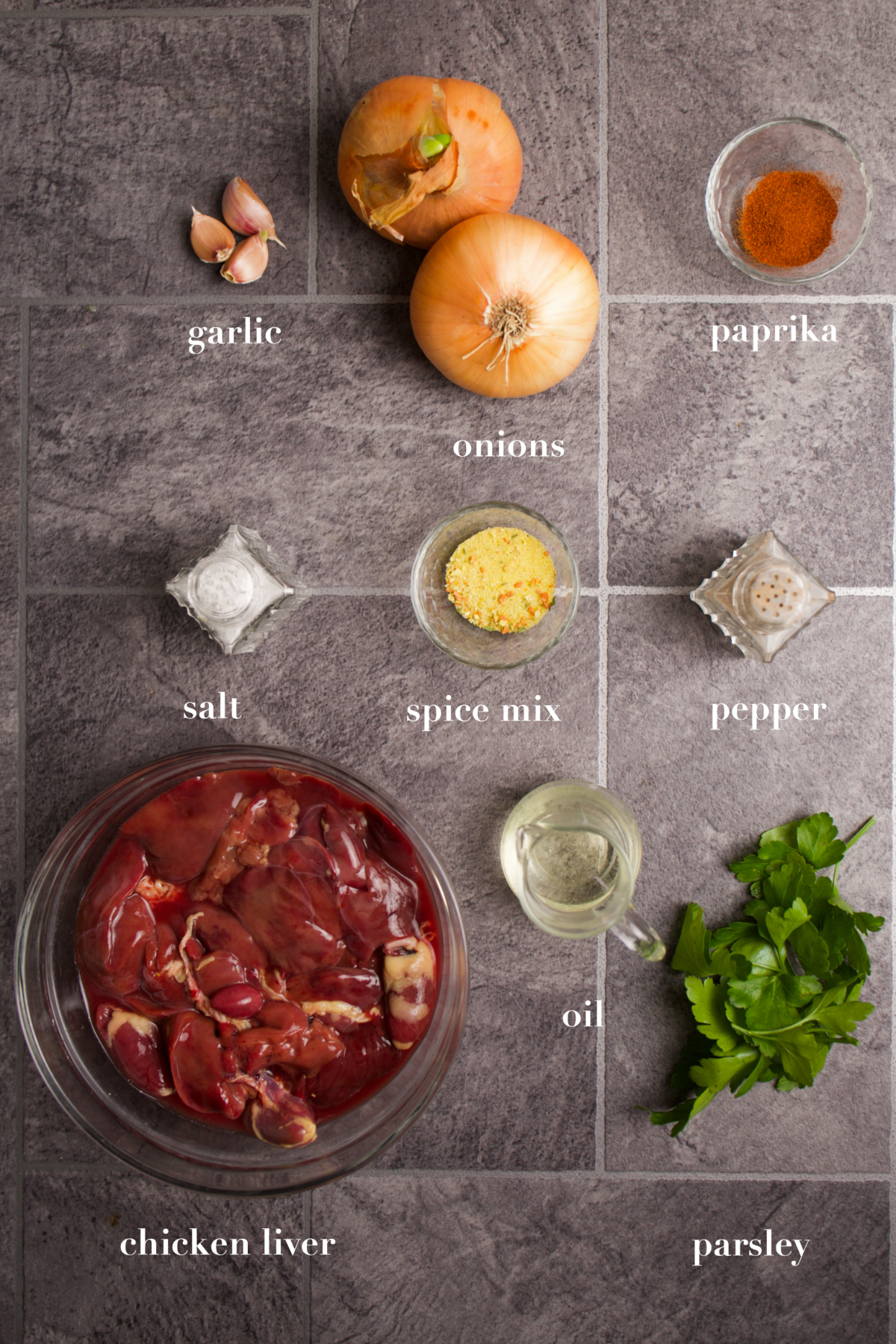
- Chicken livers: Look for maroon-colored, fresh chicken livers.
- Vegetables: Starting the dish with onions and garlic is the best way to bring out the flavor. Later you can add carrots and peppers also.
- Onions: White onions are best for this liver and onions sauce as they provide just the right amount of juice. - Herbs: Parsley brings freshness to this dish. Sub with an Italian herb mix, or herbs lighter on the flavor spectrum (celery, coriander, etc.).
- Seasonings: Substitute with smoked or hot paprika. (Salt and pepper can be subbed with Vegeta.)
- Fats: Sub oil with lard for a stronger flavor.
- Liquids: Add chicken stock instead of water. For a smokey taste add a pinch of whiskey or white wine. However, make sure the liquids are lukewarm.
Instructions
With our quick instructions, you'll learn how to cook liver in no time. (More detailed information for our pan-fried liver and onions is in the recipe card below.)
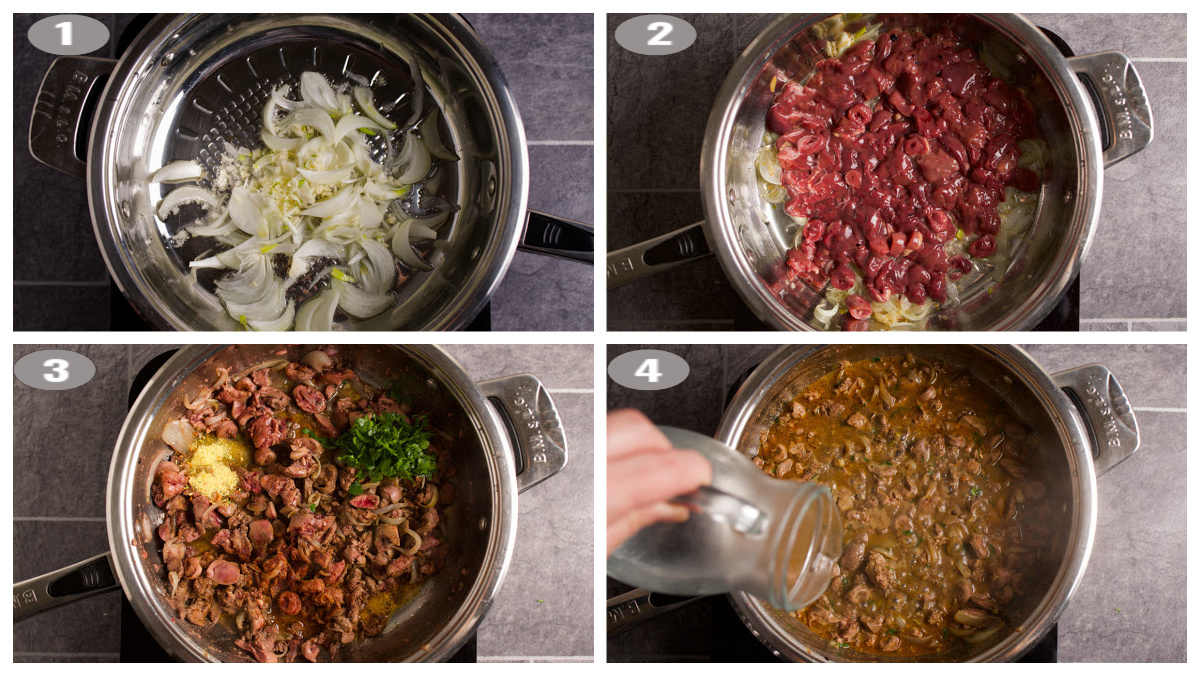
- Cook garlic and onion.
- Add liver to the skillet.
- Add seasonings.
- Add water. Cook some more.
Expert Tips
- Overcooking: Don’t fry chicken liver longer than necessary as the meat will become chalky. In addition, it'll harden as well.
- Reheating: although it is safe to reheat liver and onions, the texture, taste, and quality of the meat deteriorates. So, eat what you can, and dispose of the rest.
- Adding herbs and spices: For the best flavor, and to prevent the meat from hardening, don’t add them to the meat before you start cooking it. Furthermore, the right moment to add herbs and spices is after the meat simmers with garlic and onion first.
- Checking for doneness: Don’t cut it with the knife to see if it’s done while frying it because the juices will escape.
- Adding liquids: Only add warm or lukewarm liquids (such as wine, water, or broth) to fried chicken liver. Otherwise, the meat will harden.
How to handle organ meat (chicken livers)?
Most people don't learn how to cook liver because they're unsure of how to handle organ meat. Below are a few tips that will make this process a breeze!
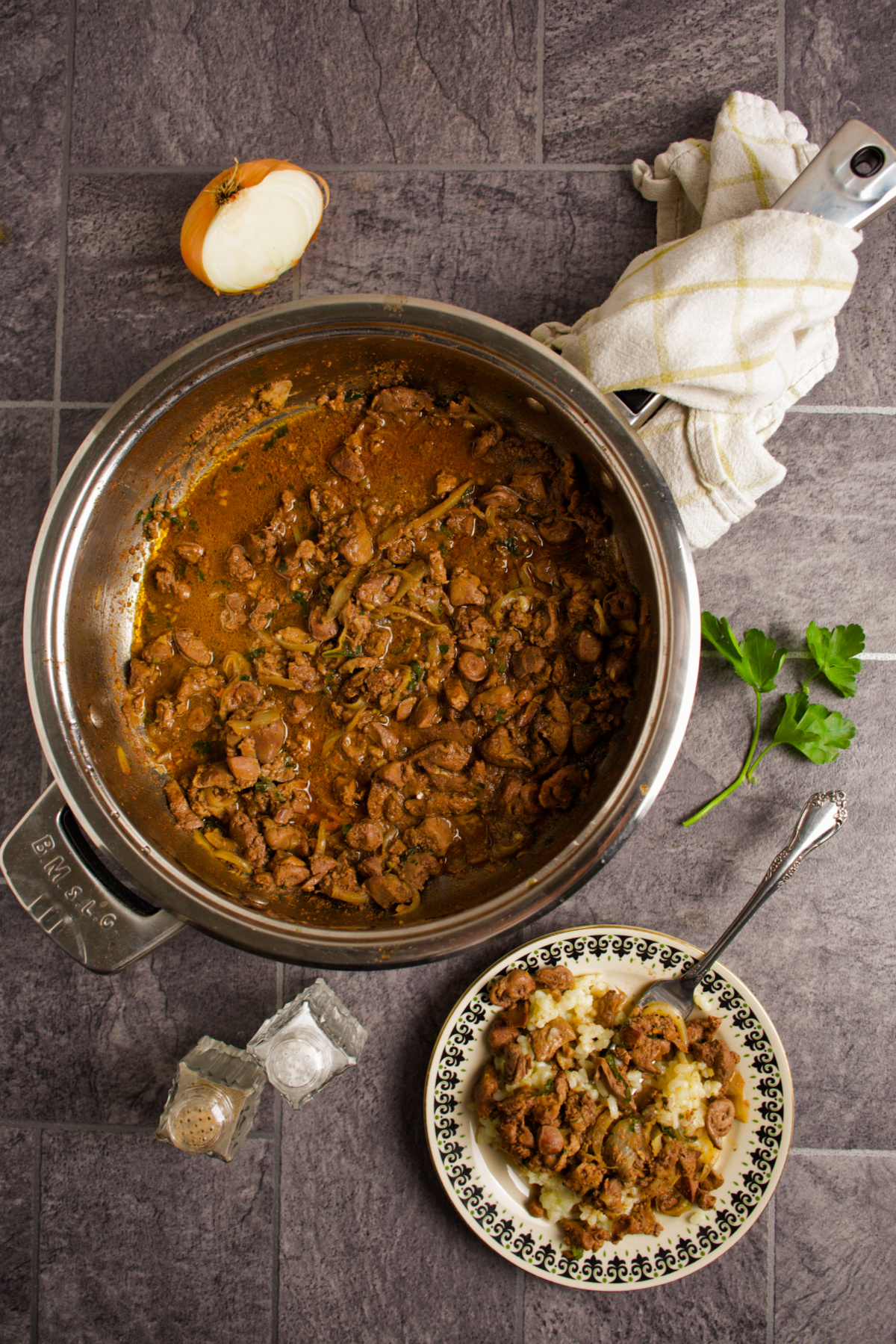
Cleaning: Wash the fresh liver under running water. Let drain in a colander. Remove connective tissue, and proceed to cook following this, or another, liver and onions recipe.
Storing: As organ meat spoils faster than muscle meat, ideally you should know what you'll do with chicken liver before you buy it. After you bring it home, keep chicken liver in the fridge and consume it within 24 hours.
Freezing: Freeze chicken liver immediately after bringing it home from the store. It can stay frozen for up to 3 months. When ready to make, thaw it by transferring it to the fridge the night before. Alternatively, immerse it in lukewarm water for at least an hour, and up to 3 hours.
Reheating: Nope! What's more, organ meat is meant to be consumed soon after preparation. Although it won't go bad with reheating, the quality of the dish will deteriorate. It's simply not very conducive to repeated heating.
Recipe FAQs
Chicken liver is an excellent source of vitamins (A, B, D, E, and K), and minerals (copper, magnesium, phosphorus, and zinc).
Additionally, organ meat and particularly chicken liver is a fantastic source of iron.
Historically in the US, organ meats were associated with the poor.
It had a slight revival during WWI and WWII. During the wars, the government promoted organ meats to the stateside population so that muscle meat could be sent to the soldiers abroad. After the wars, however, organ meats were once more associated with the downtrodden.
Today, with the rise of paleo, keto, and carnivore diets, variety meats are back in mainstream American cooking. And in a funny twist of fate, the upper classes now pay big money to eat organ meats at posh restaurants around the US.
So why not learn how to cook liver with our super easy and majorly delicious liver and onions recipe?
There is no need to soak chicken liver in milk because it's one of the mildest organ meats.
However, you should marinate veal and pork livers in milk as they can taste slightly metallic.
Chicken livers have the mildest taste out of all the organ meat.
They have a tart, rich, slightly grainy, earthy texture, and a slight sweetness. (Overcooking chicken livers makes them dry and grainier, so it's important to know when to stop.) The taste also depends on the way they're prepared and the seasonings used.
When prepared well, chicken livers resemble rich, tasty muscle meat. The kind of taste that's easy to love pretty quickly.
No.
As the liver filters an organism's blood, there is a worry that it holds on to those toxins. However, the liver doesn't actually store the toxins but sends them on their way once the process is done.
Chicken liver has a smooth and shiny texture.
It's light (in weight), soft, and slick (not slimy!). When you handle it, it will almost slip away from your fingers. When raw its tones range from tan to burgundy. This is what to look (out) for:
- Tan, pale shades indicate iodine deficiency. Don't eat this type!
- Green liver shades indicate bile infestation. Don't eat this type either!
- Yellow-ish shades indicate more fat content and some cooks prefer it.
- However, when you’re just starting out go for the usual maroon or dark purple kind.
Serve With
More Recipes
Thoughts?
If you made our chicken liver and onions sauce, learned how to cook liver, and liked it, please consider giving it a ⭐️⭐️⭐️⭐️⭐️ (5-star) rating. This helps others find the recipe more easily!
Also, feel free to leave a comment (I read each one!), and don't forget to tag a photo #balkanlunchbox, or us @balkanlunchbox, on IG.
Prijatno and bon appetit!
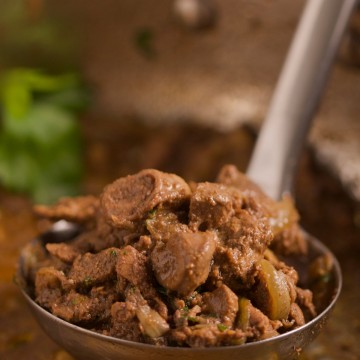
Pan Fried Liver and Onions (Chicken Liver)
Ingredients
- 2 garlic cloves
- 2 yellow onions medium, diced coarsley
- 1 pound chicken liver washed thoroughly, connective tissue removed, diced
- 1 tablespoon parsley minced
- 1 teaspoon seasoned salt or 1 teaspoon chicken powder
- ½ teaspoon salt
- 2-3 tablespoons vegetable, coconut, avocado oil, or lard
Instructions
- Add oil to a larger skillet and heat it up on high for 2-3 minutes. Add onion and garlic and cook until translucent (about 5-7 minutes).
- Add chicken liver. Stir well, and lower the temperature down to medium. Cook for about 7-8 minutes, occasionally stirring.
- Add herbs, seasonings, and ½ cup of warm water. Stir, and continue cooking for another 3-5 minutes.
- Serve alone or with a side. Consume soon after making, and don't store in the fridge. Discard what you don't eat. Don't reheat! Read notes for freezing raw liver; never freeze cooked liver.
Video
Notes
- Ingredient Notes
- Instruction Notes
- Storing raw liver
- Freezing raw liver

